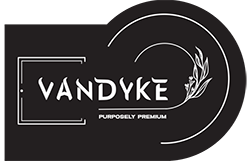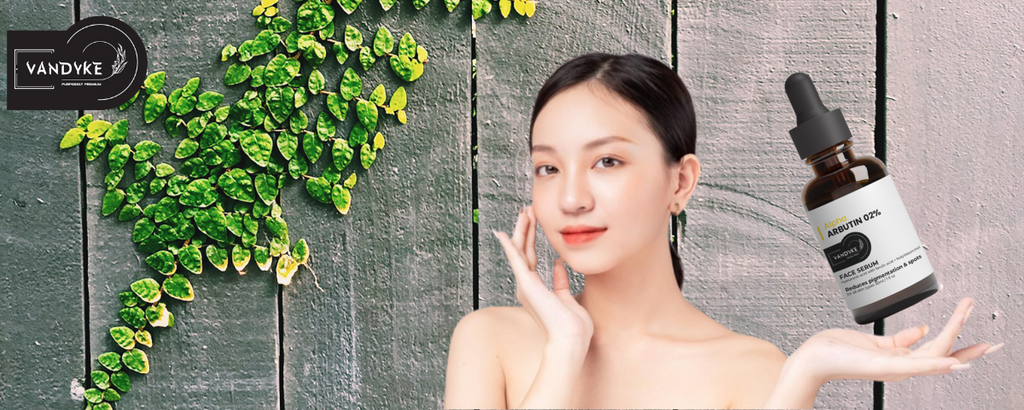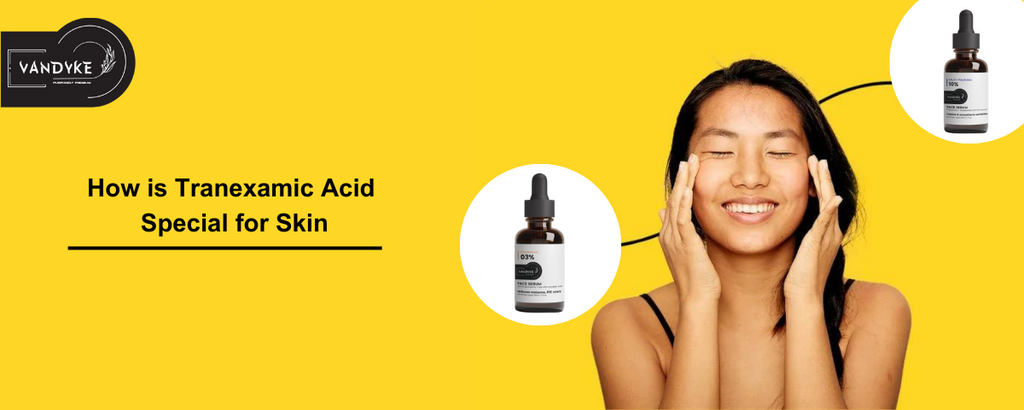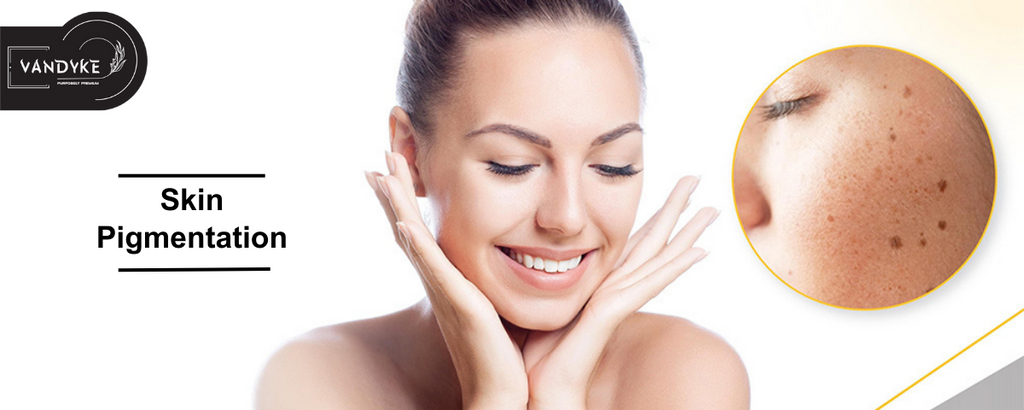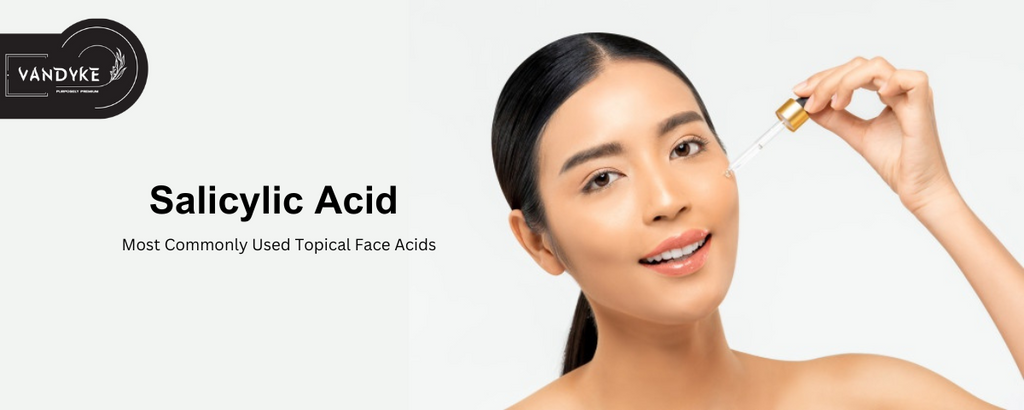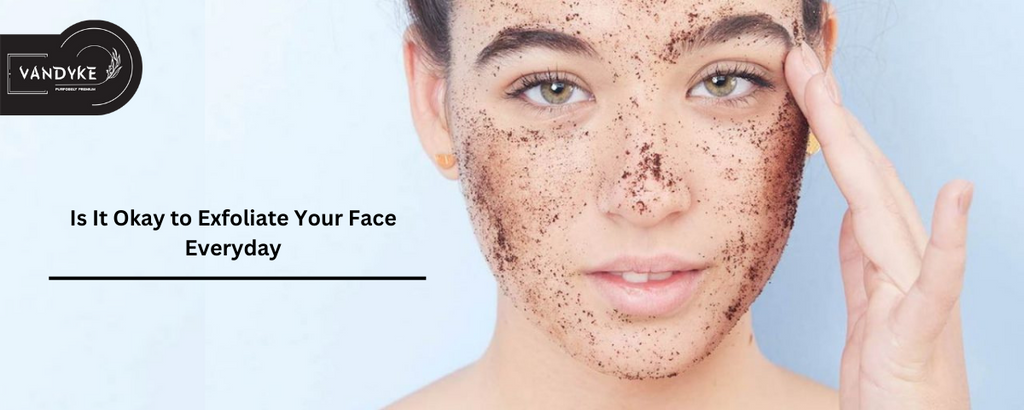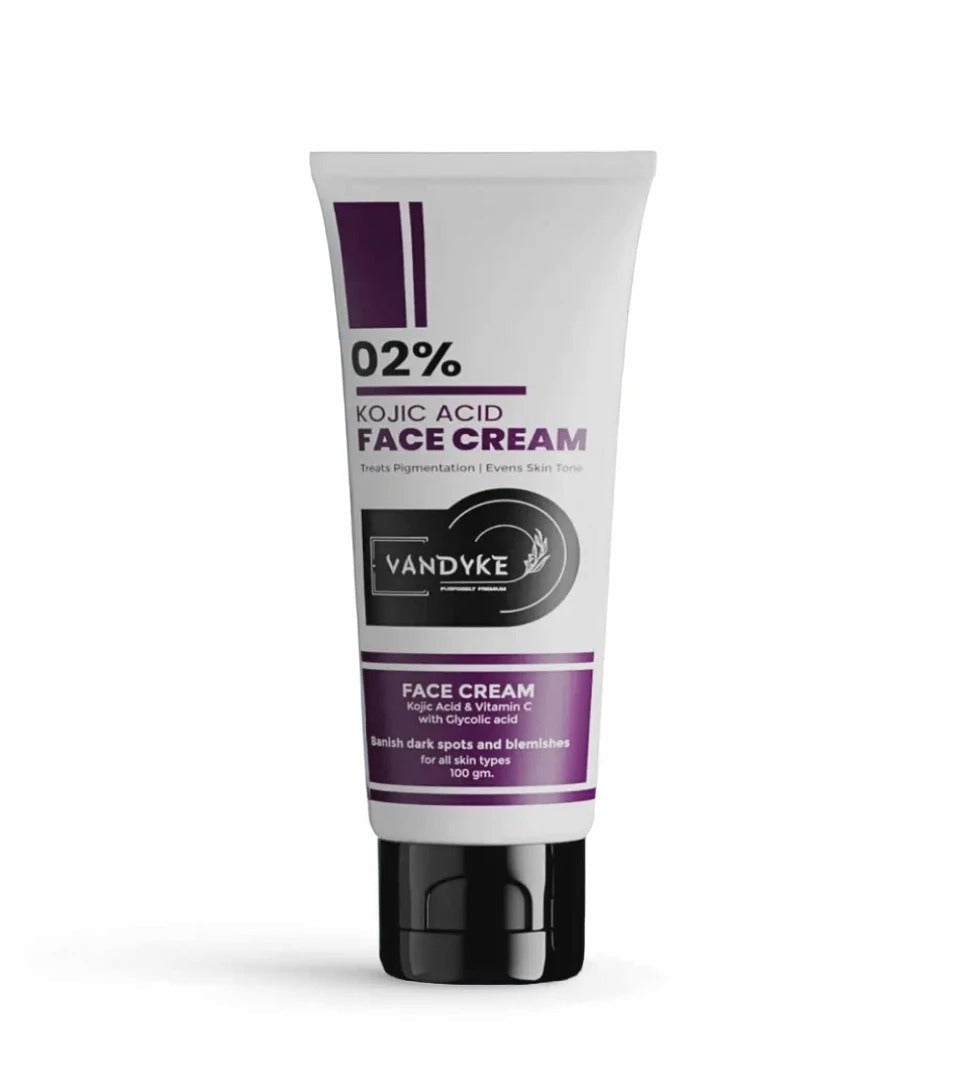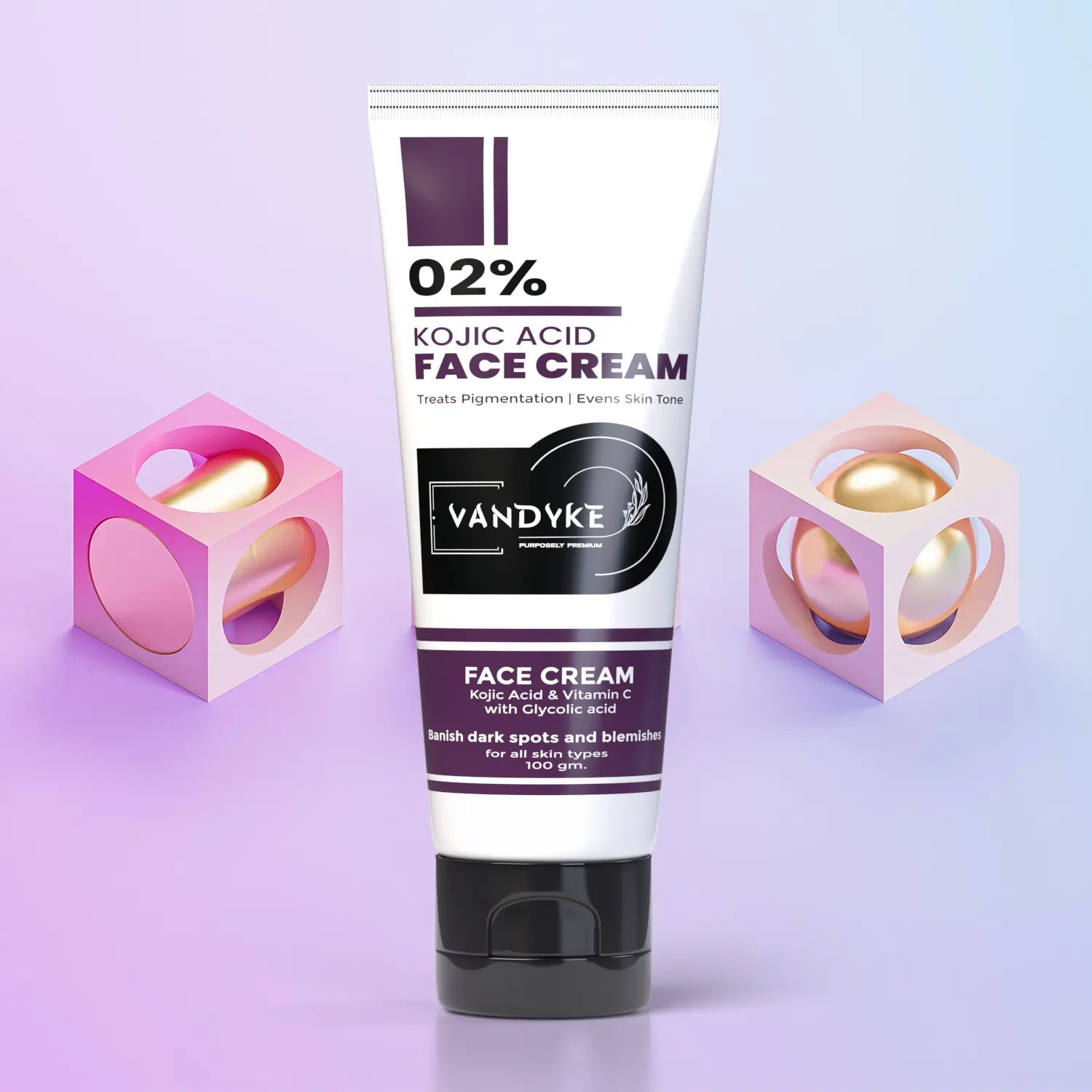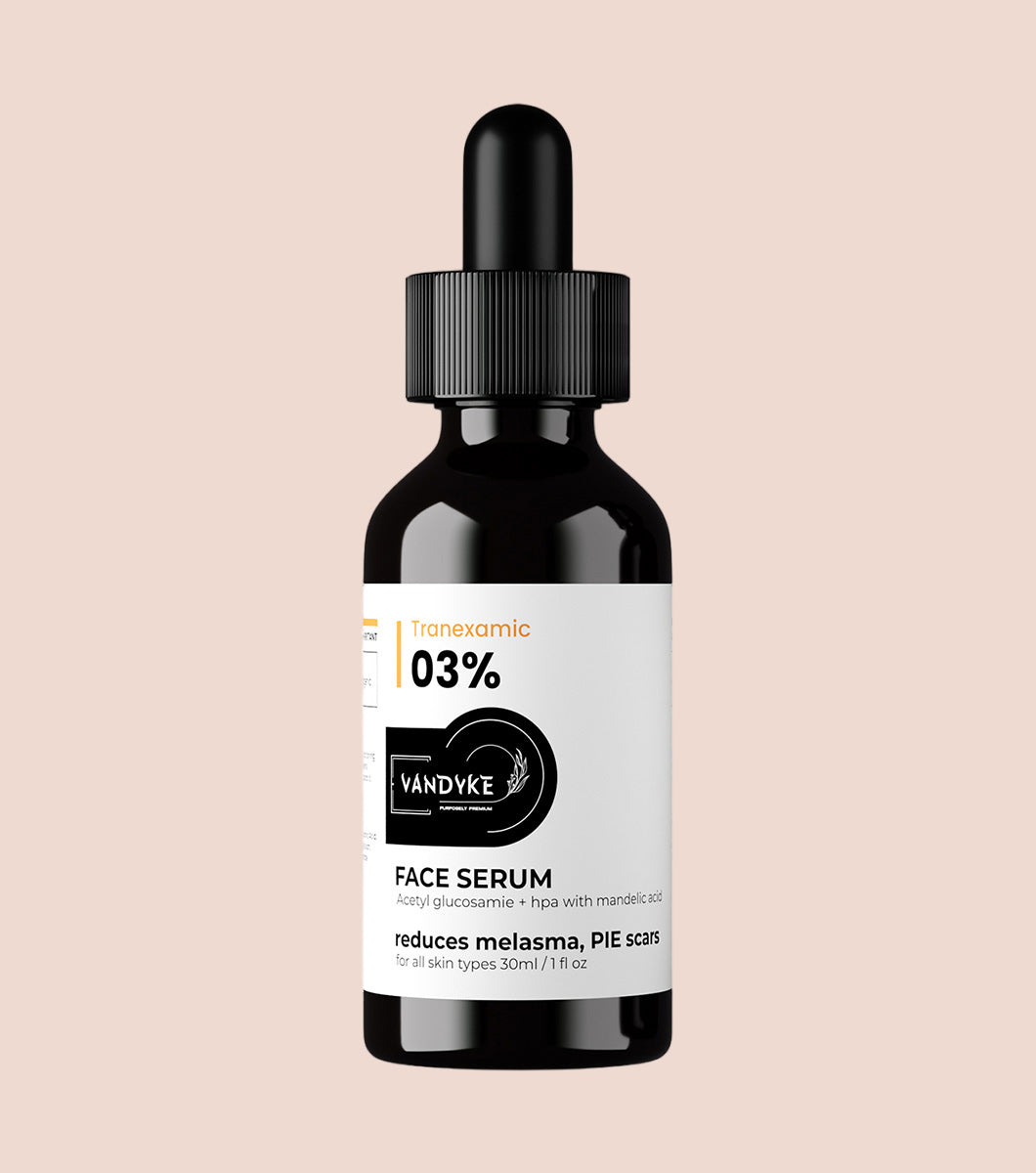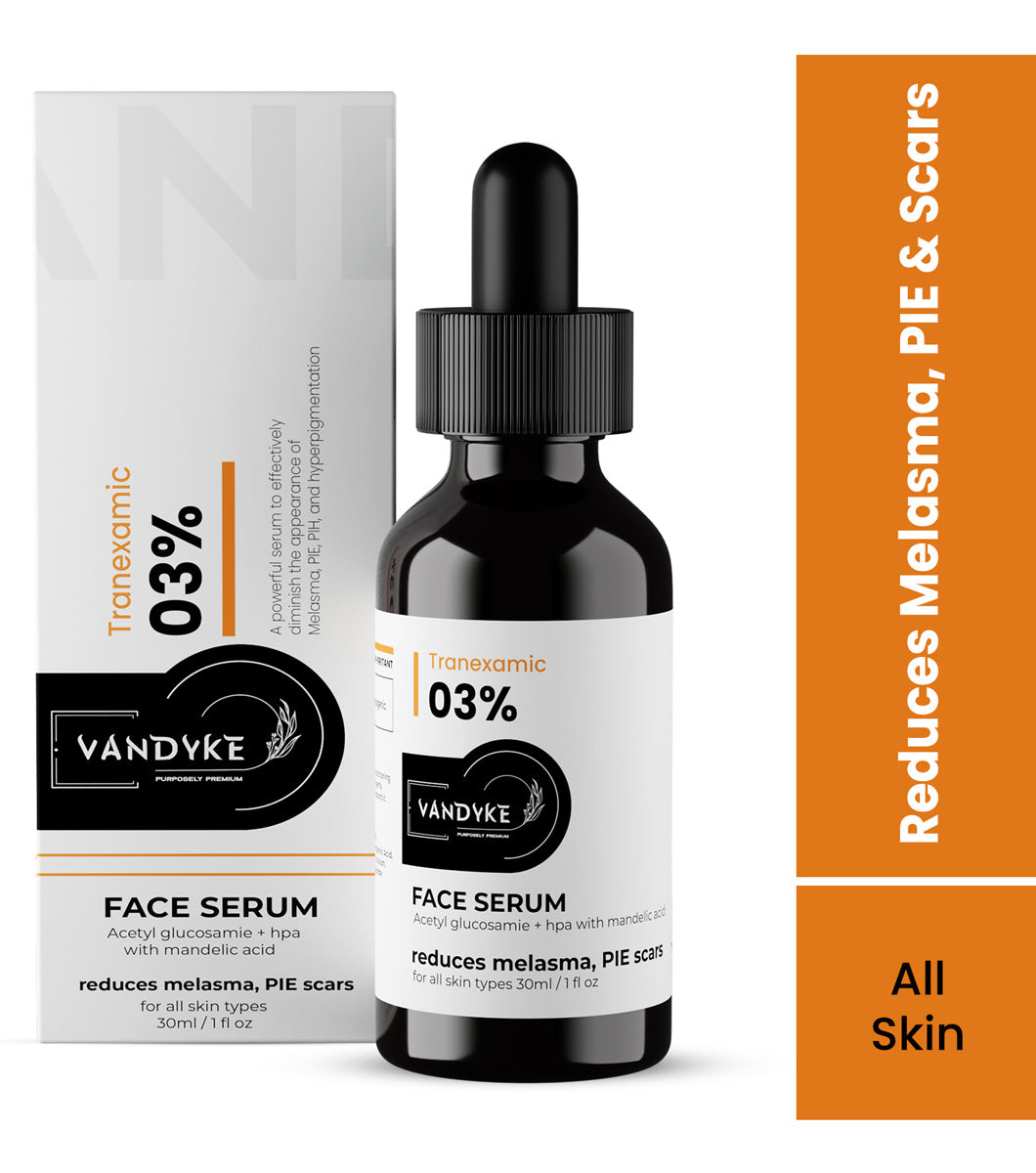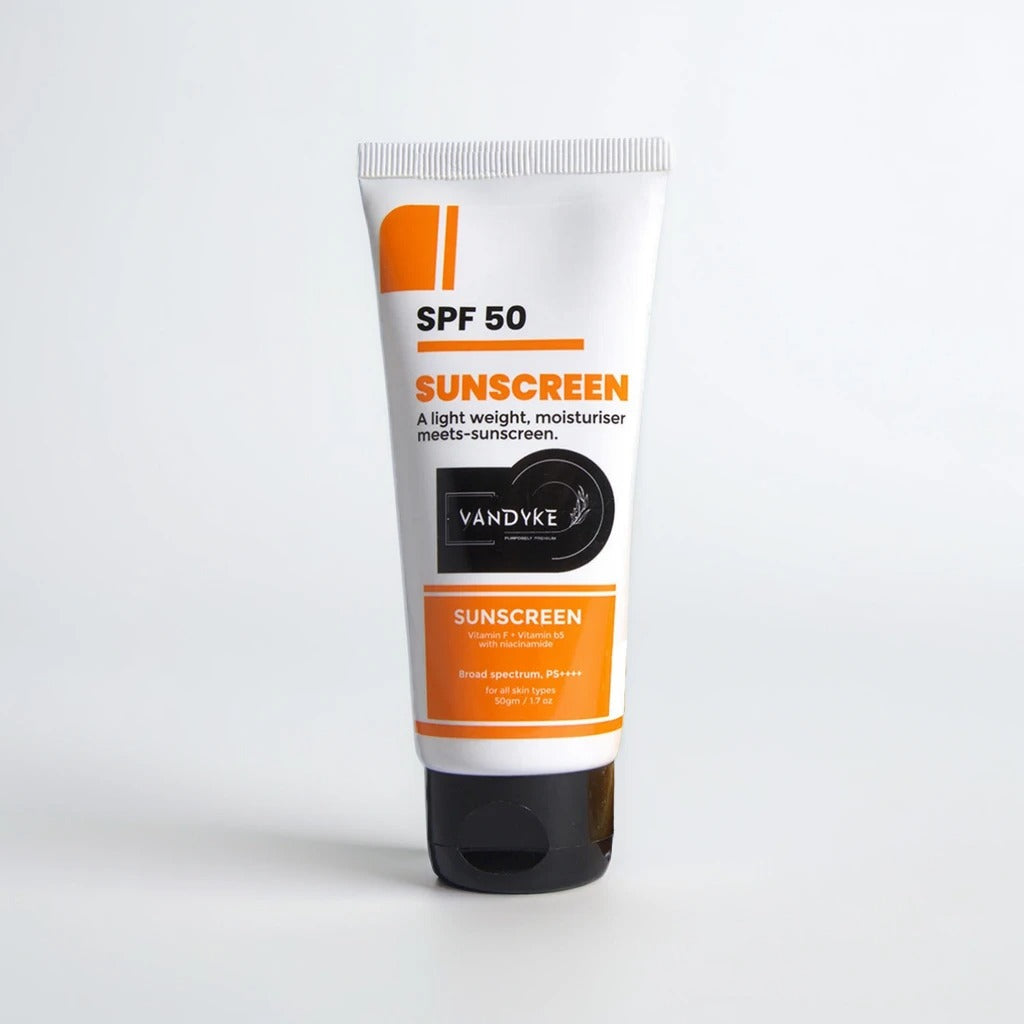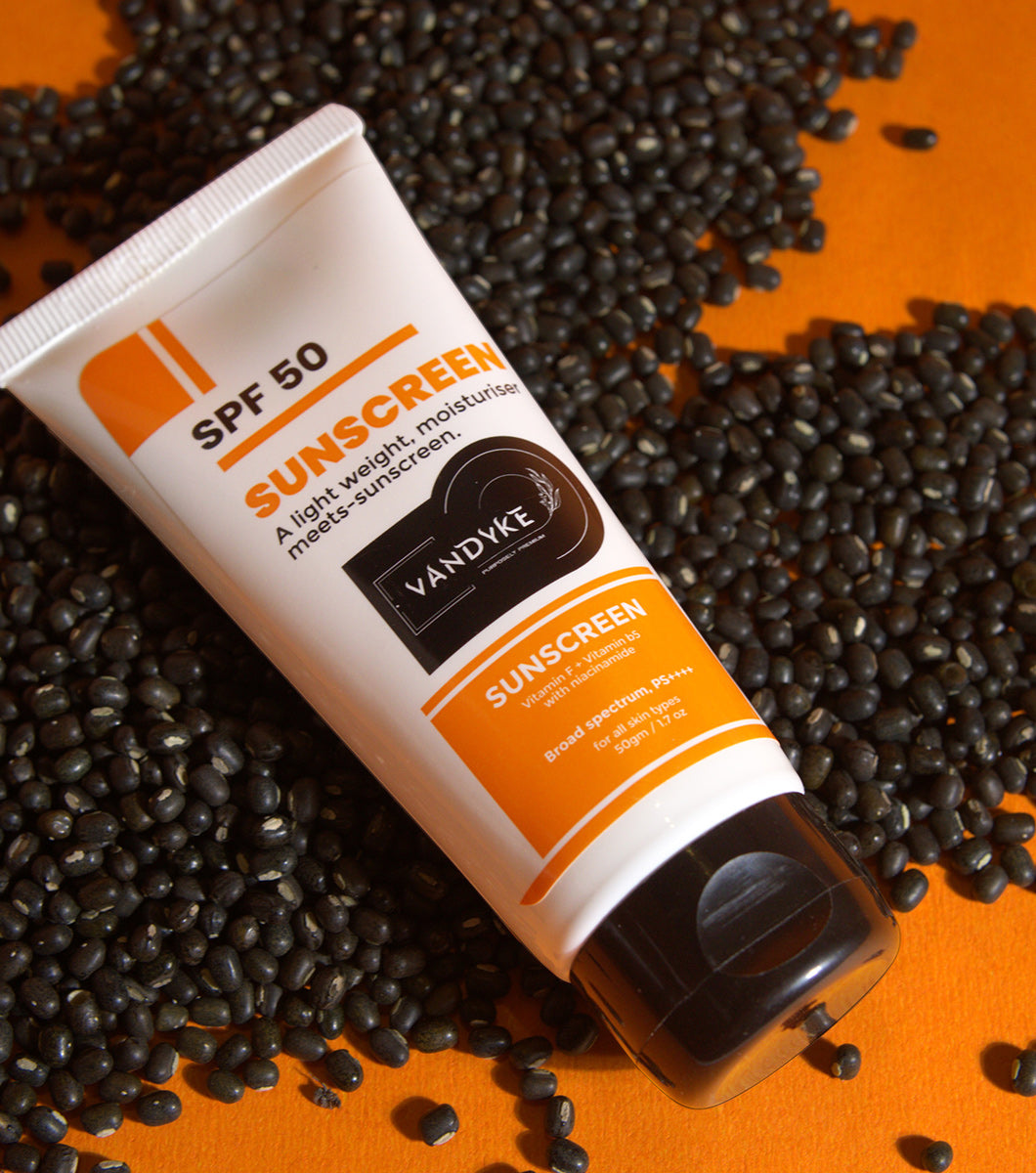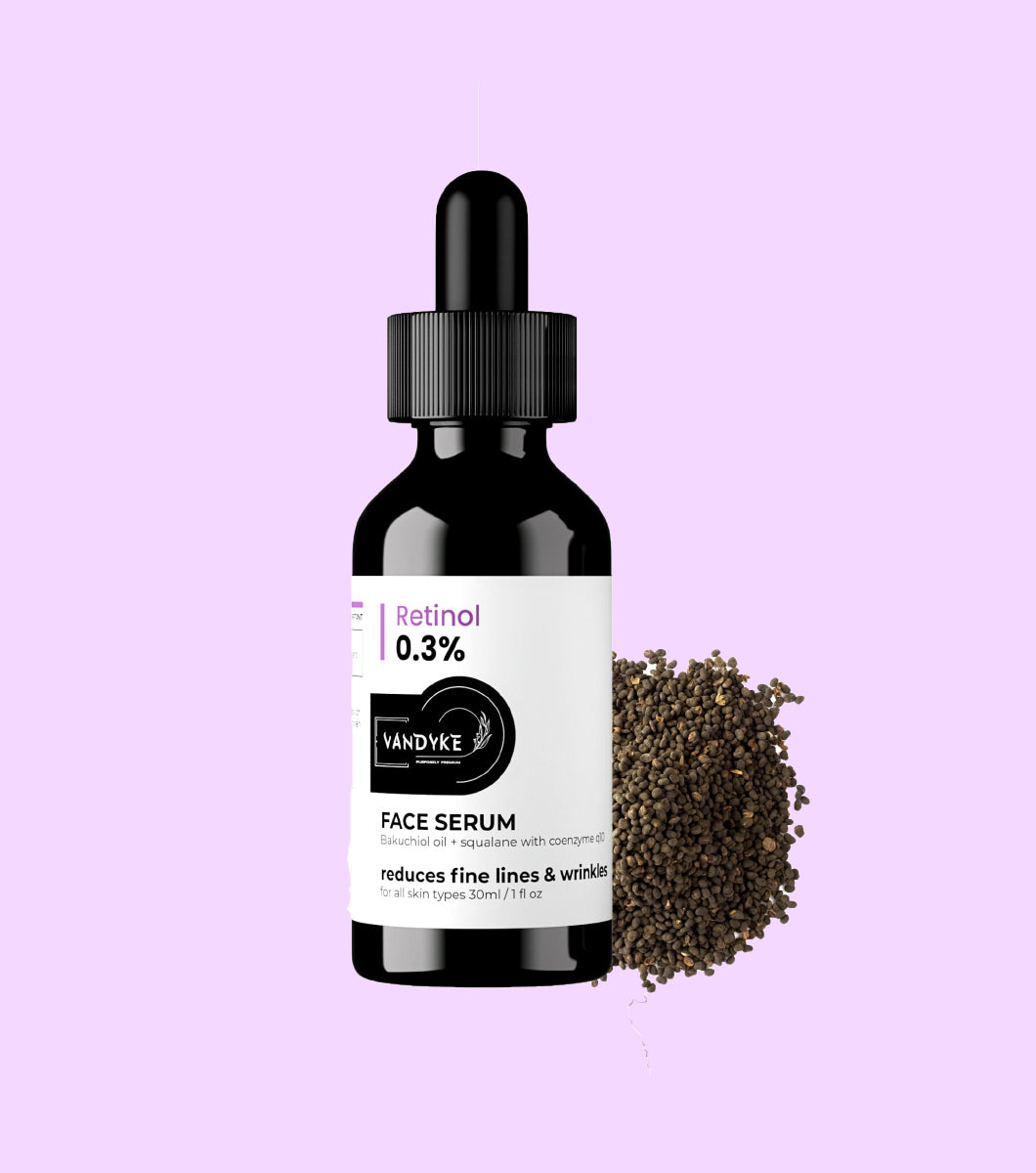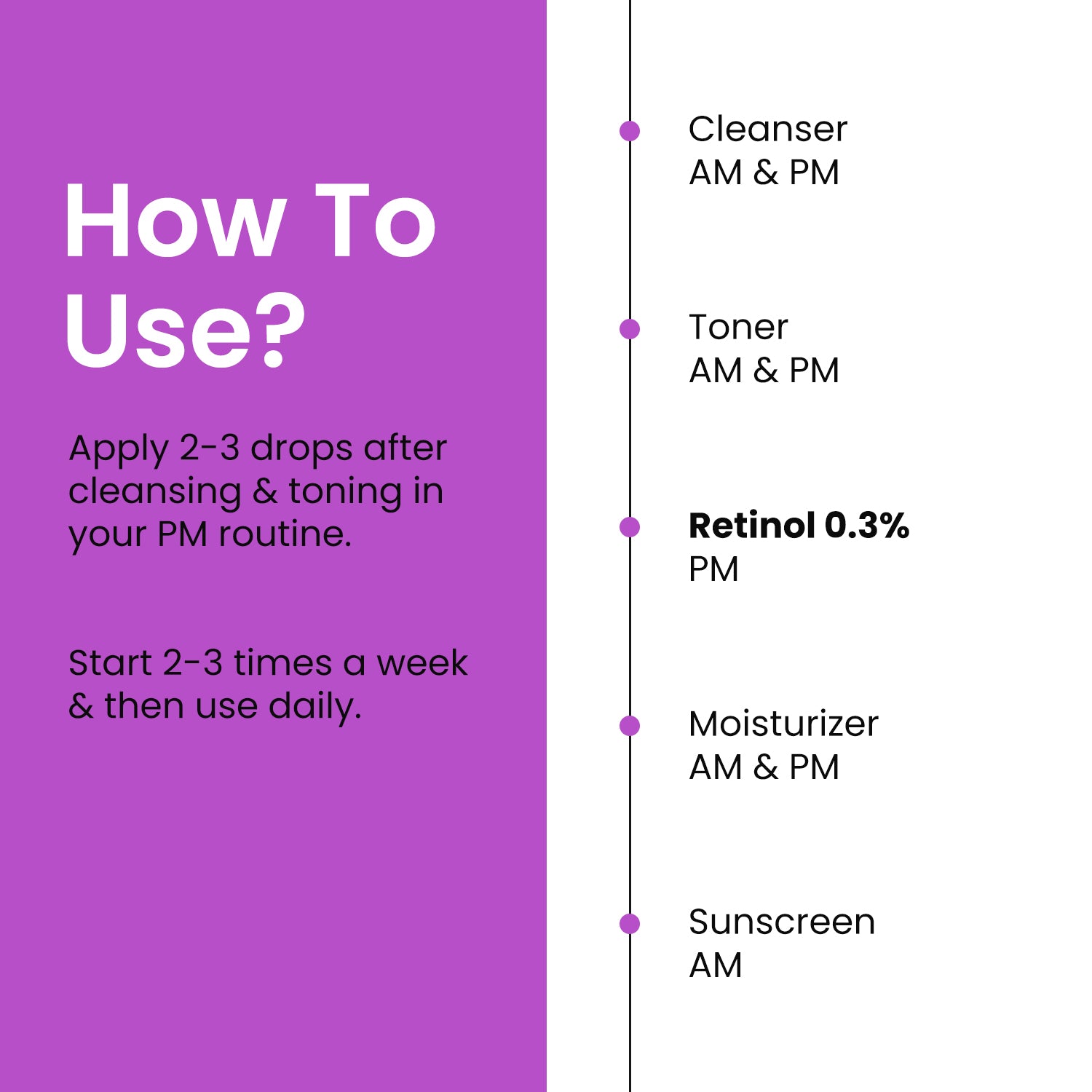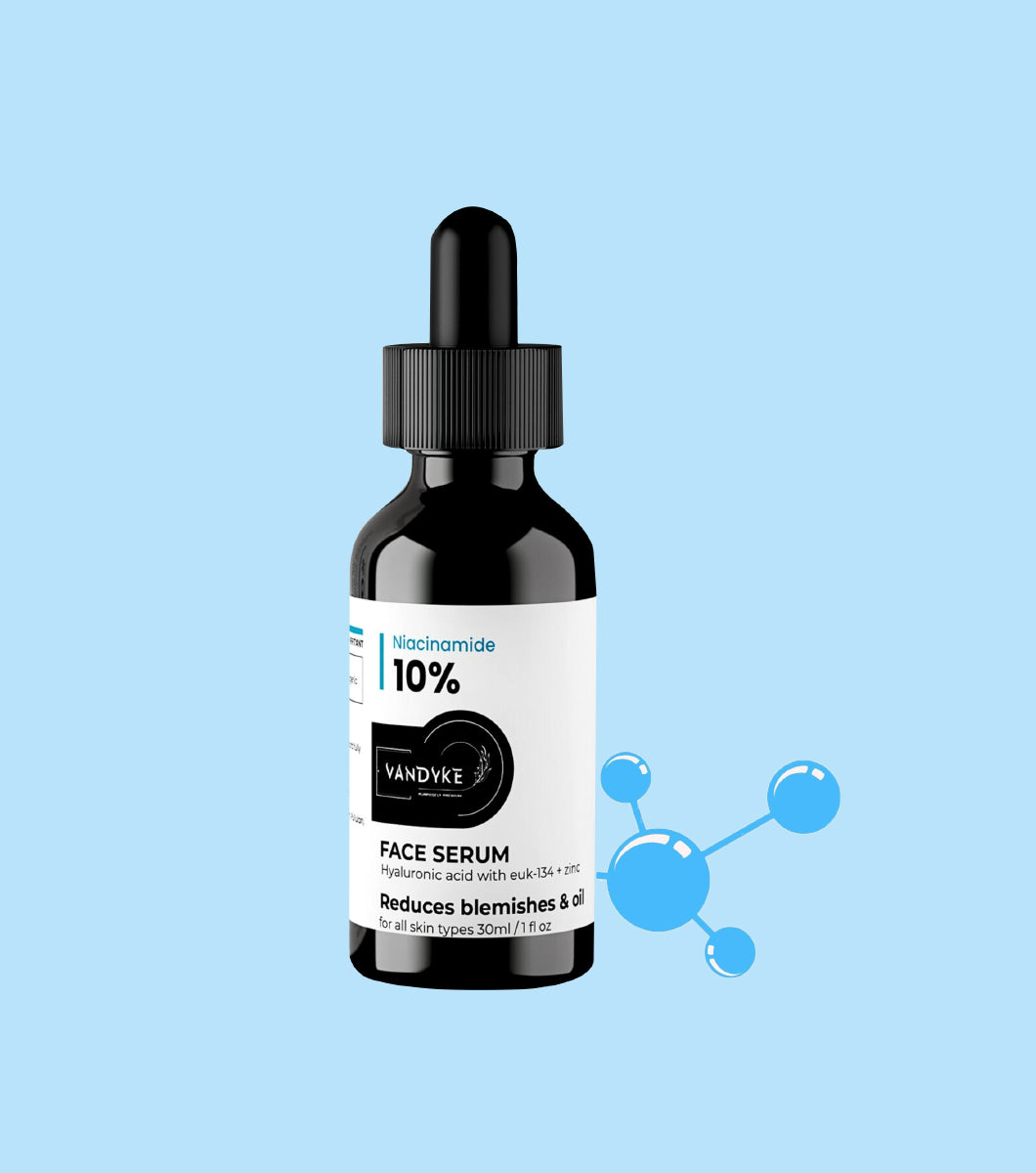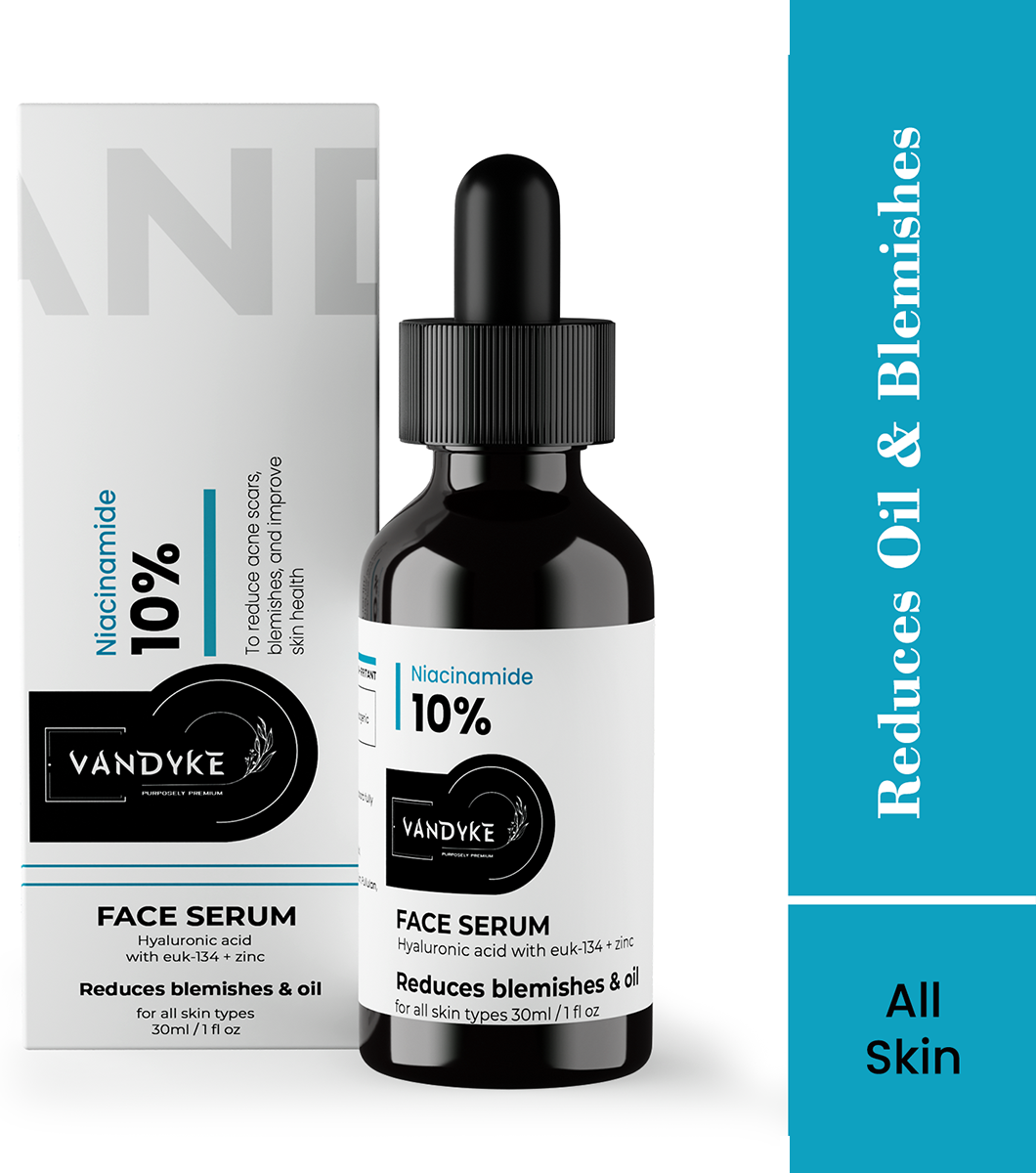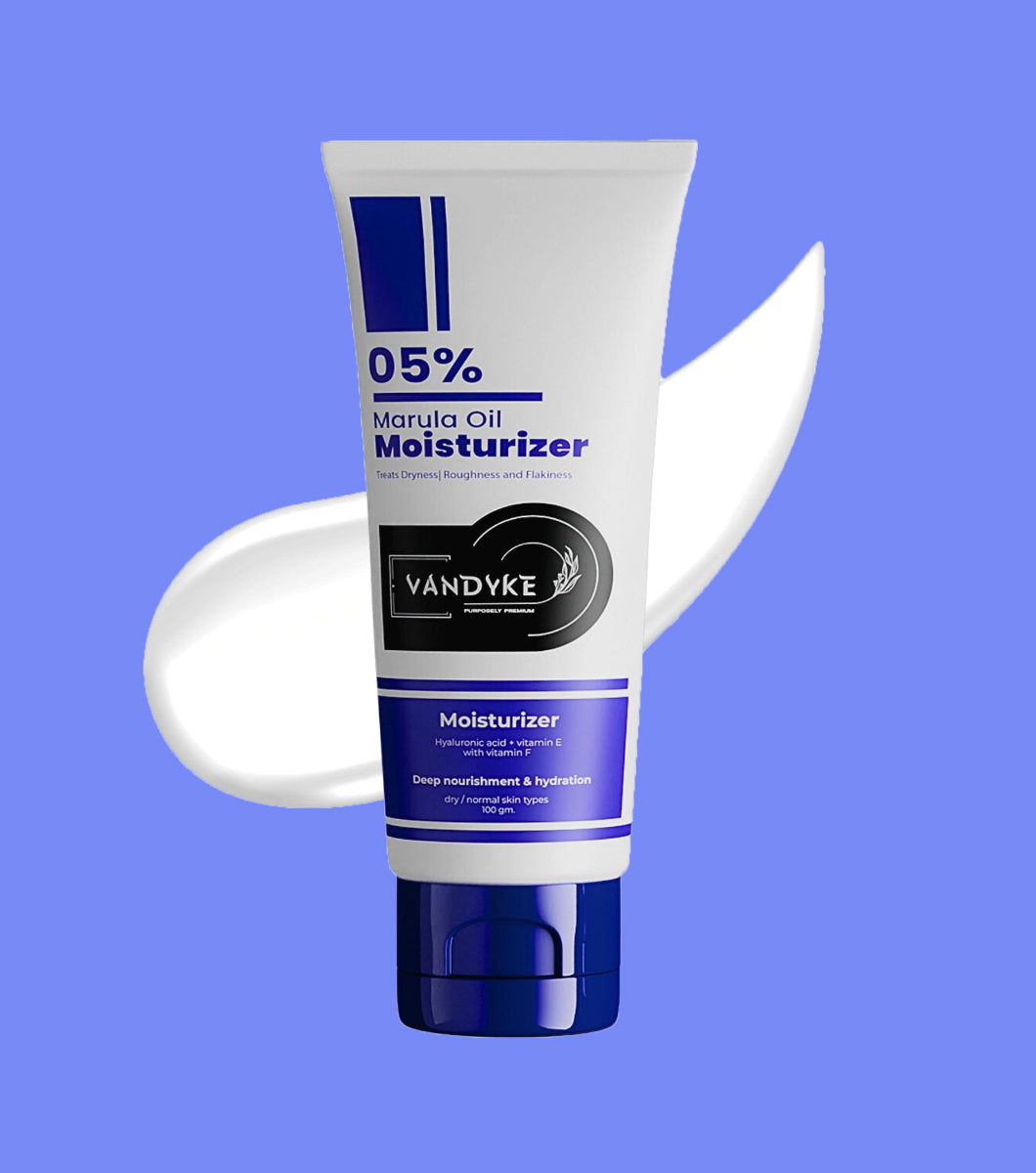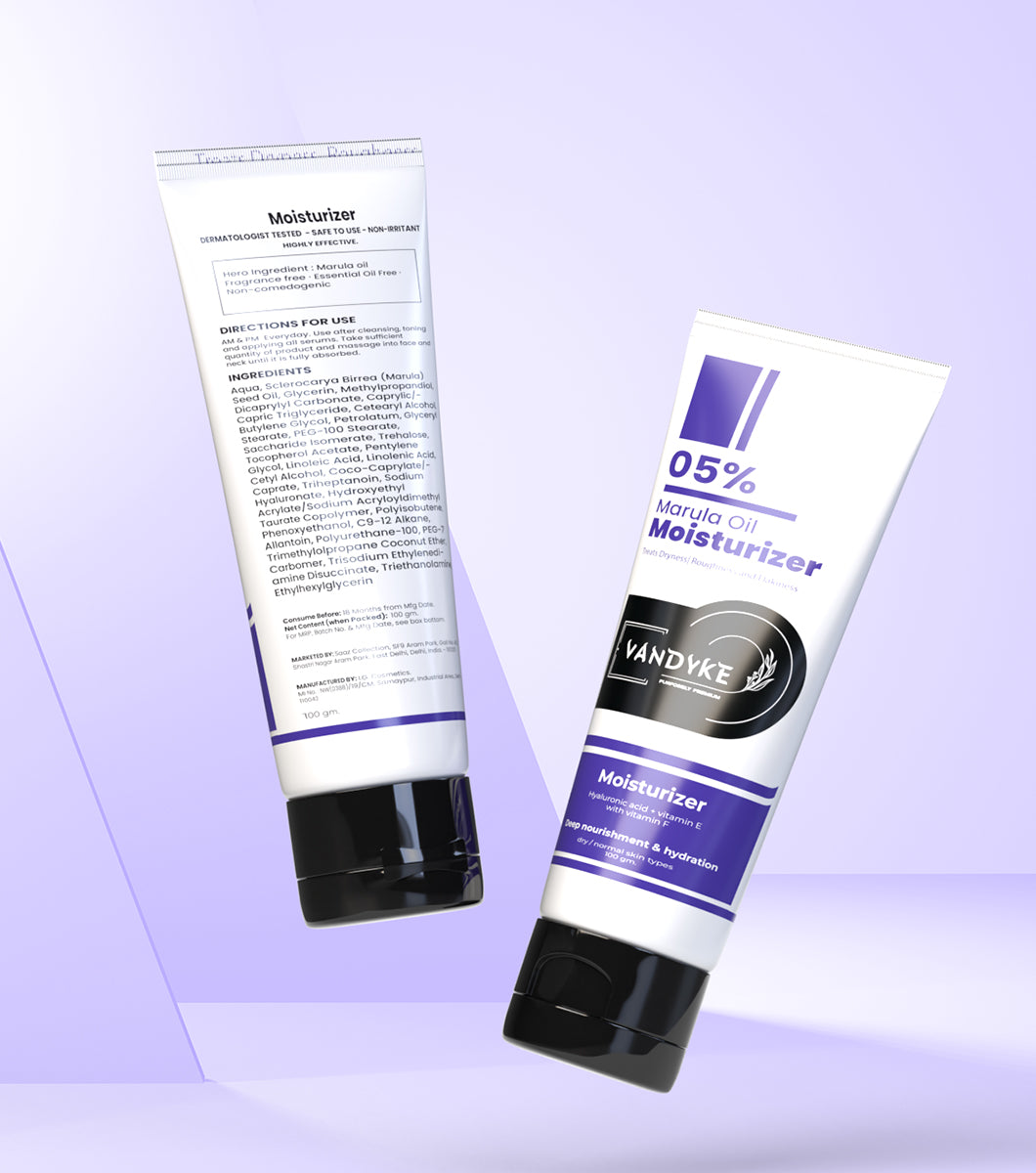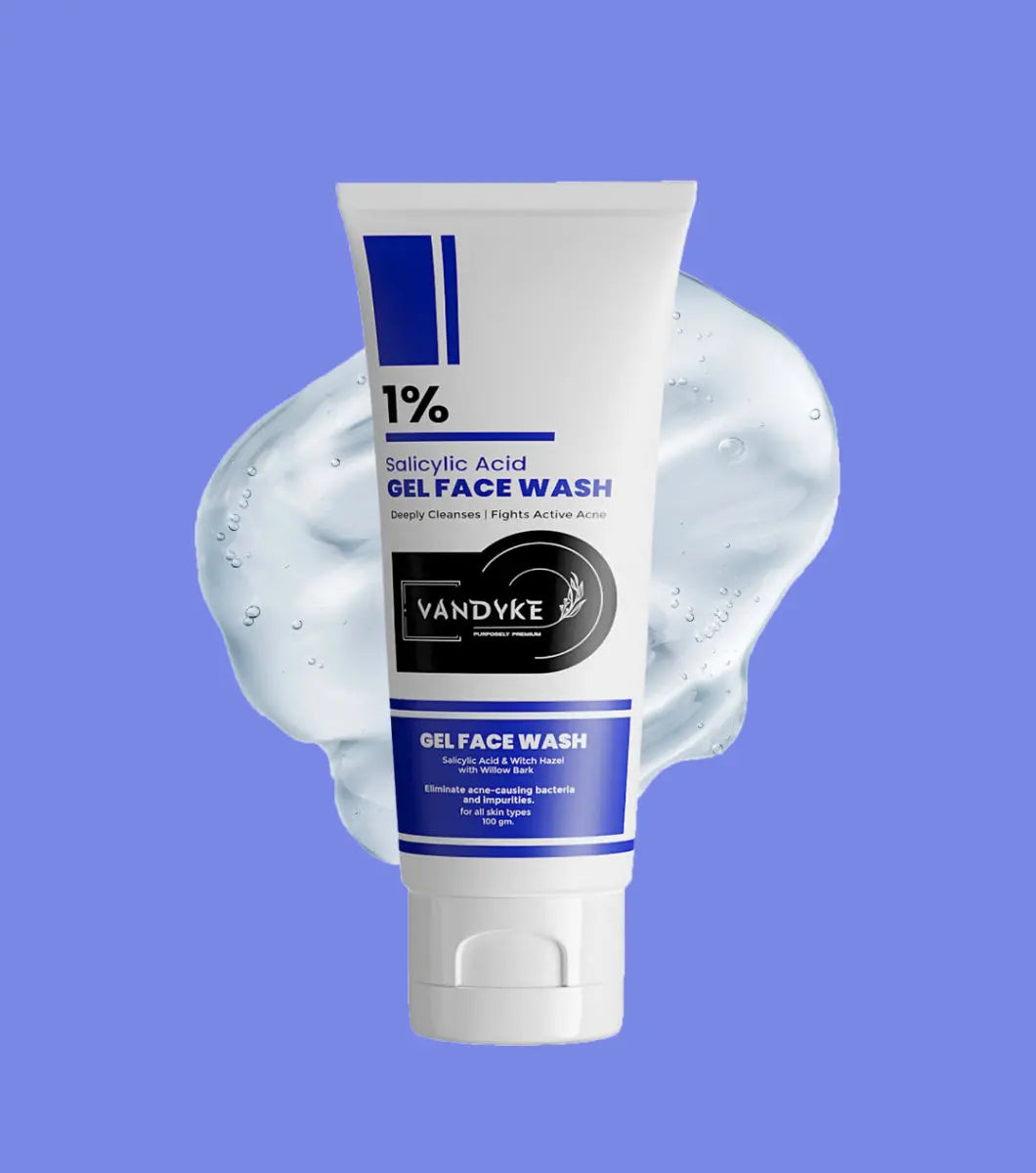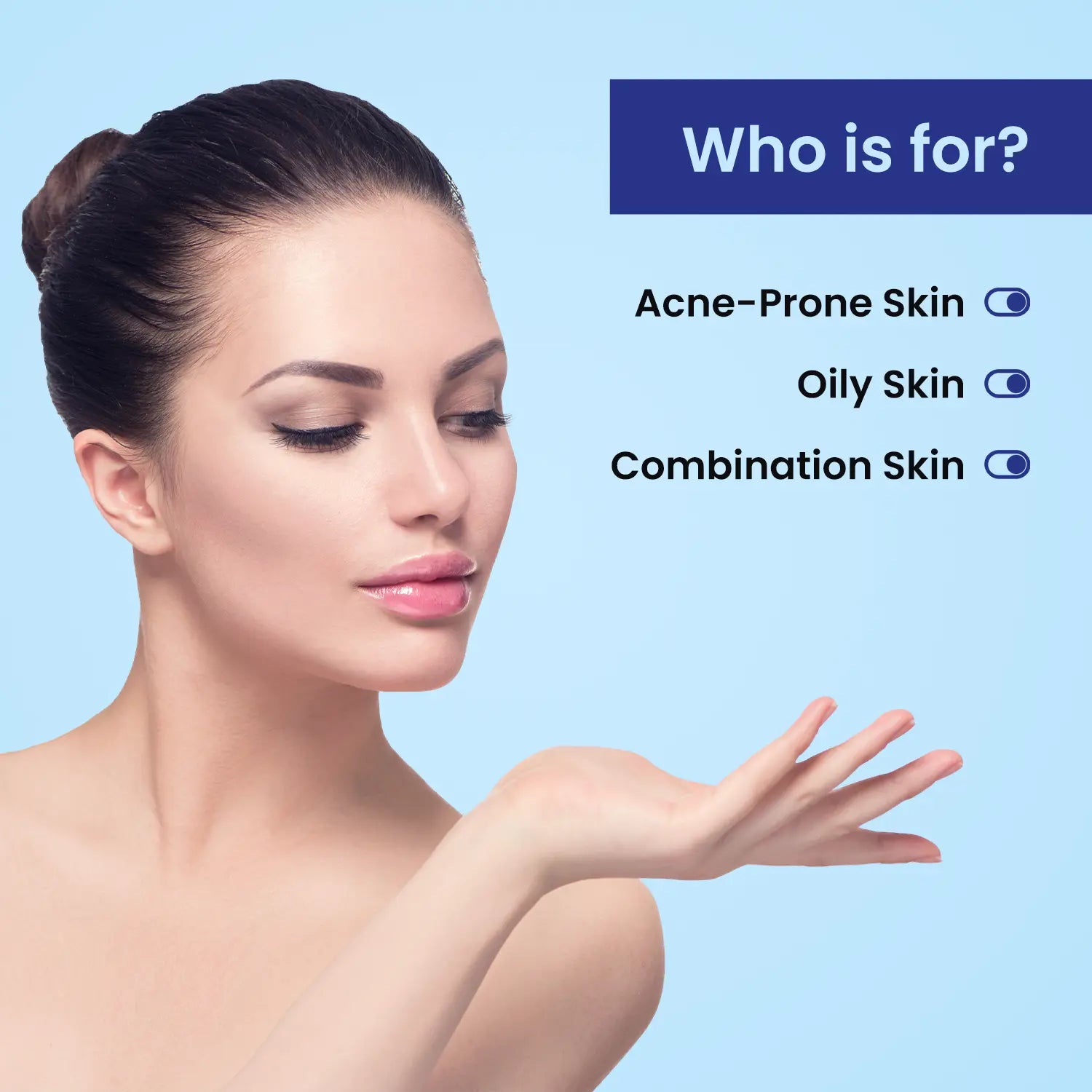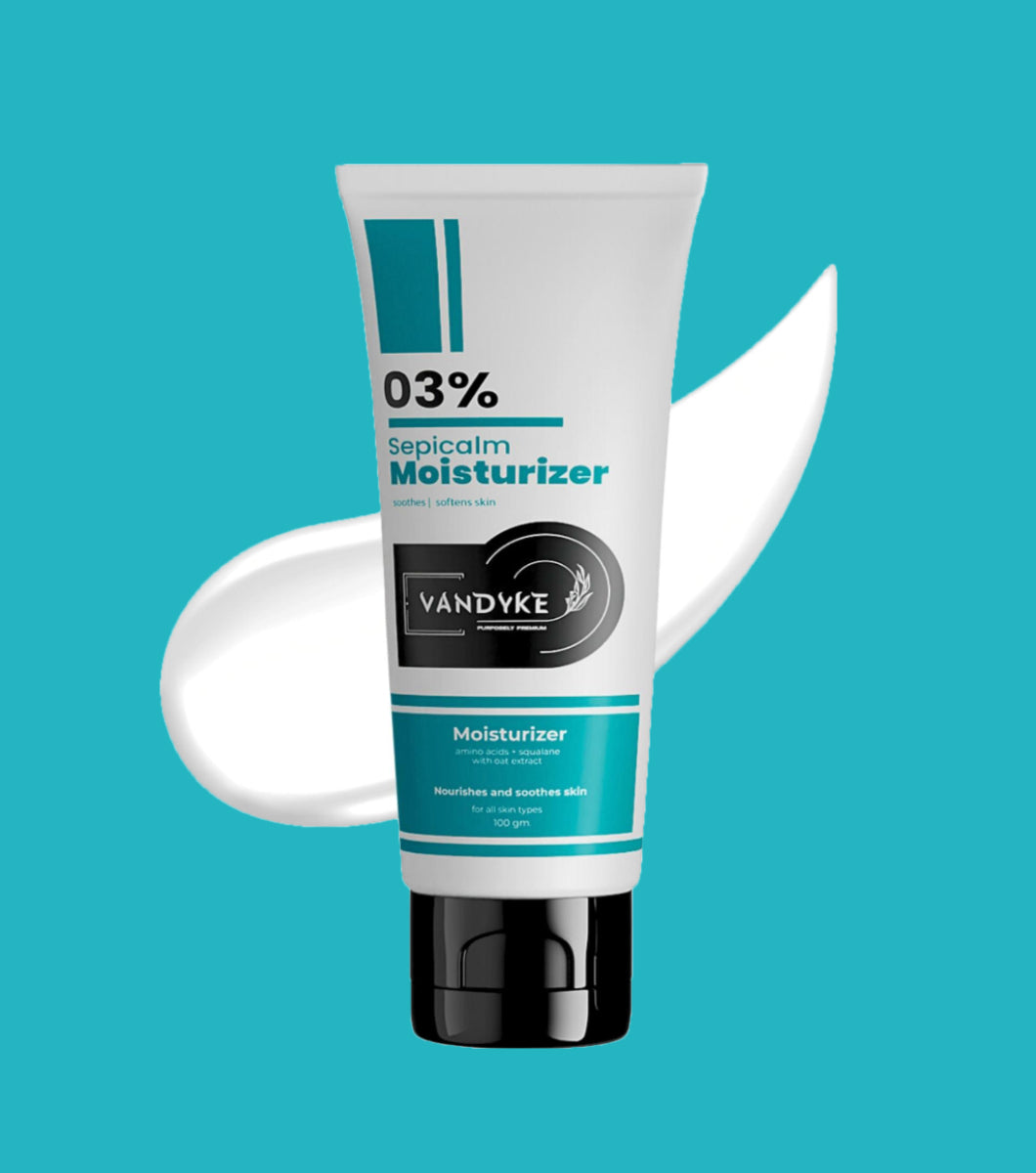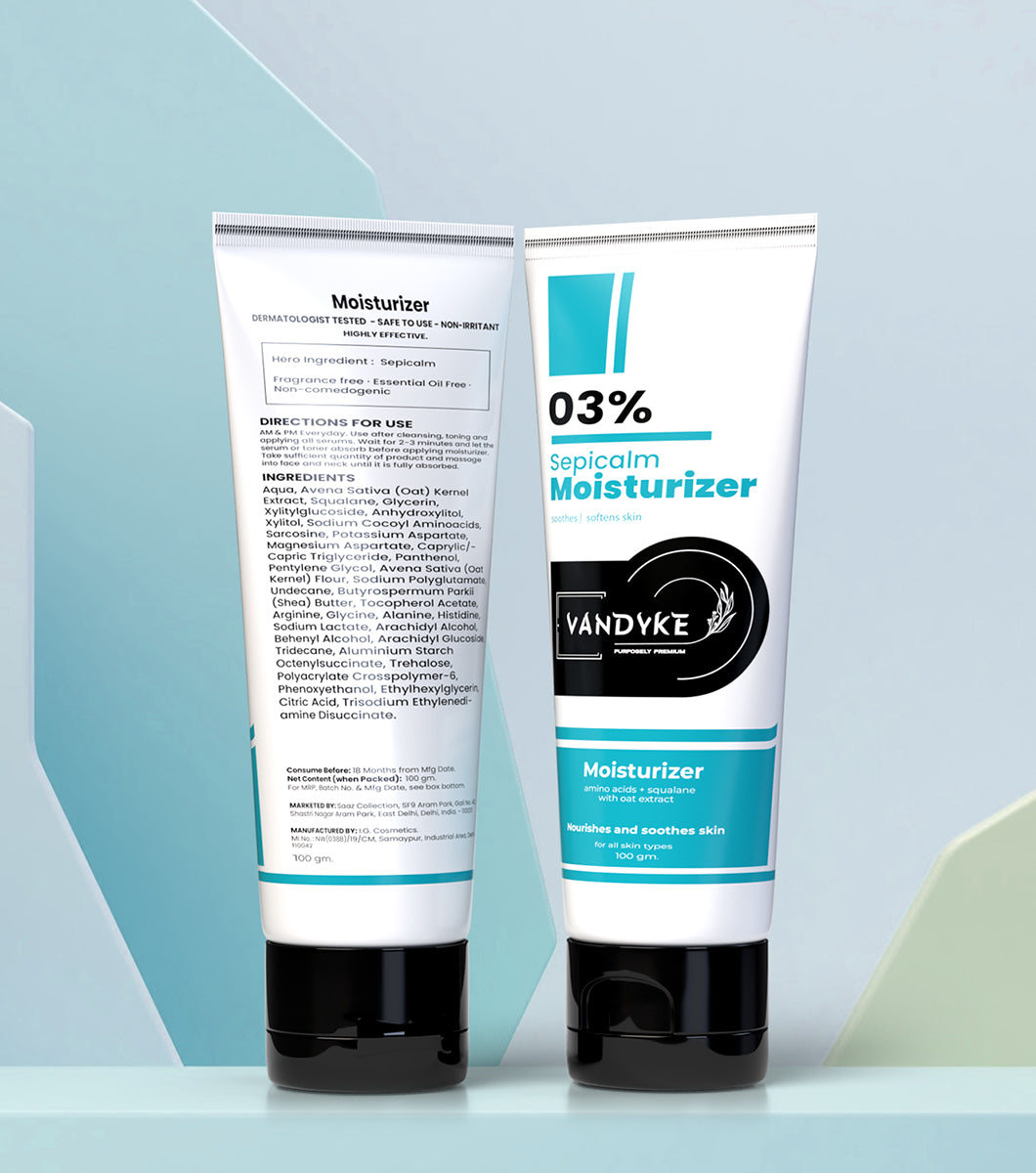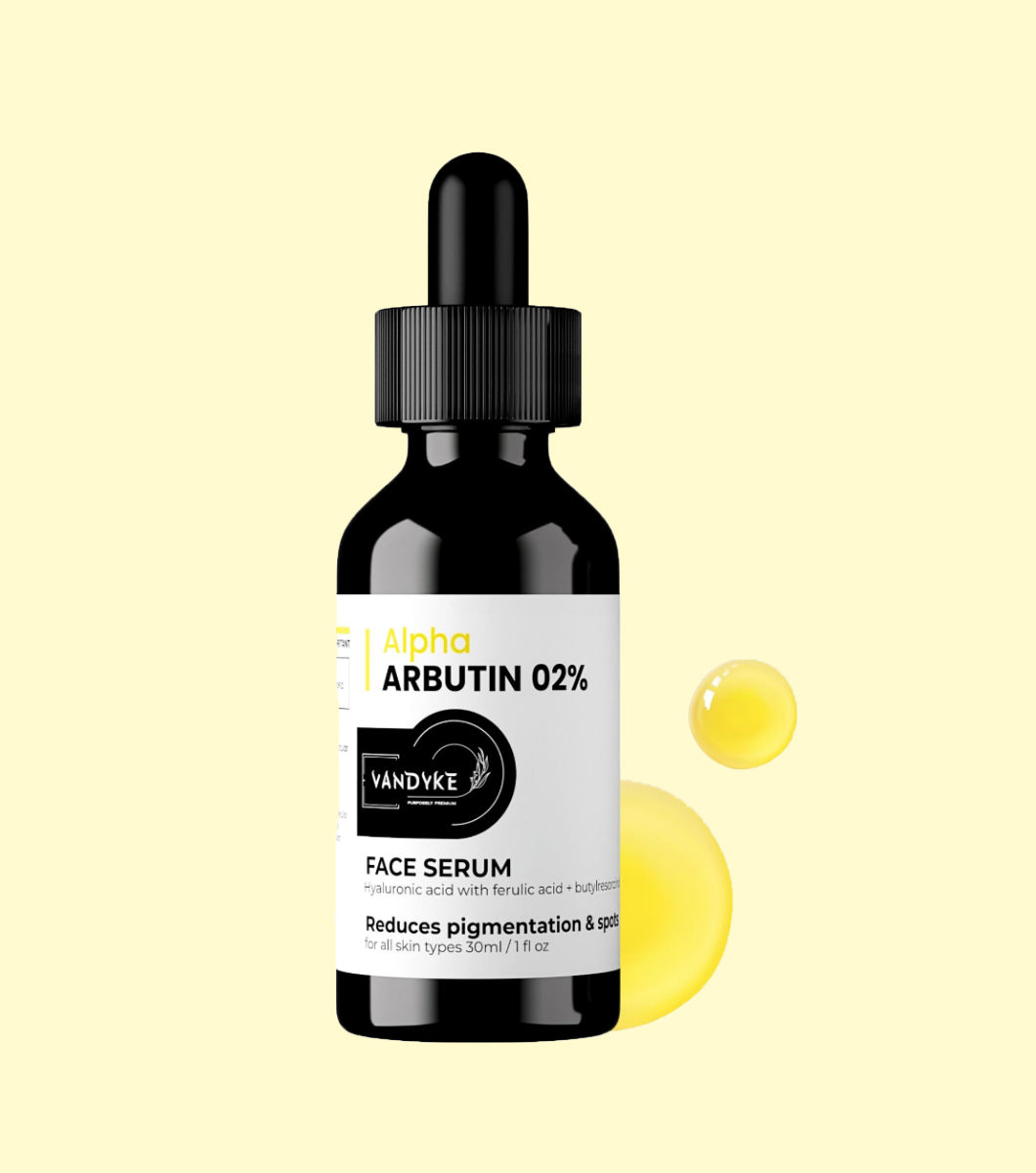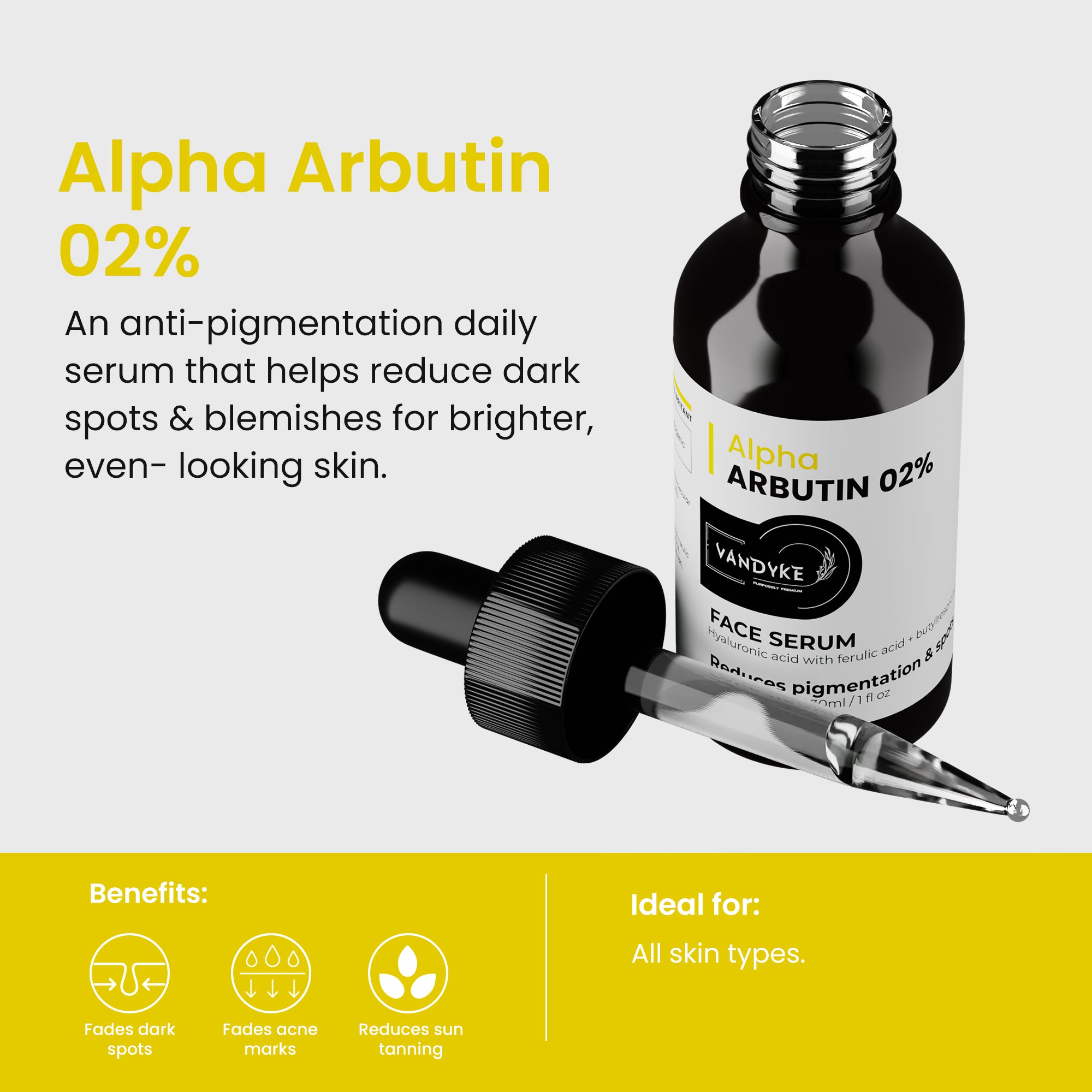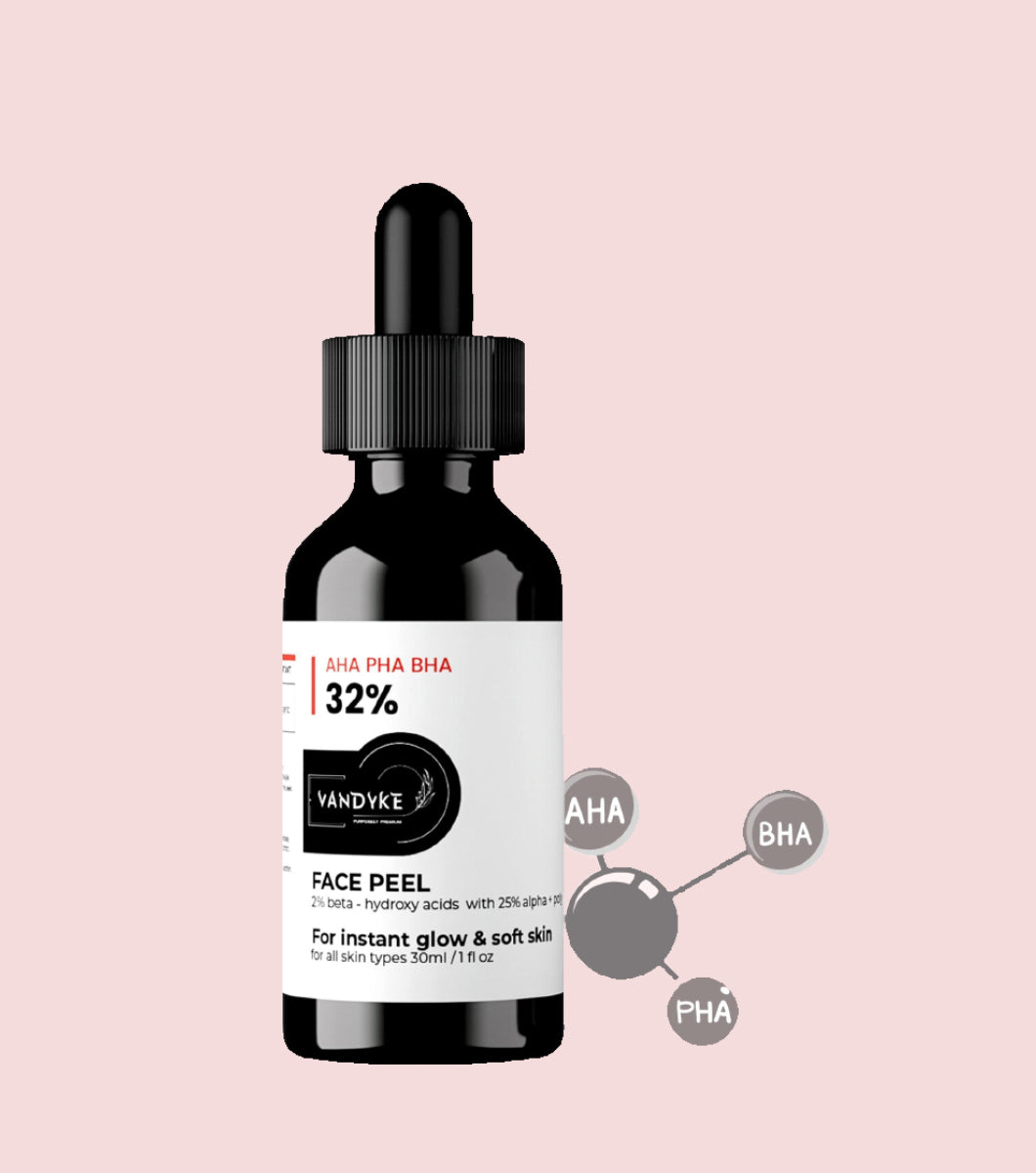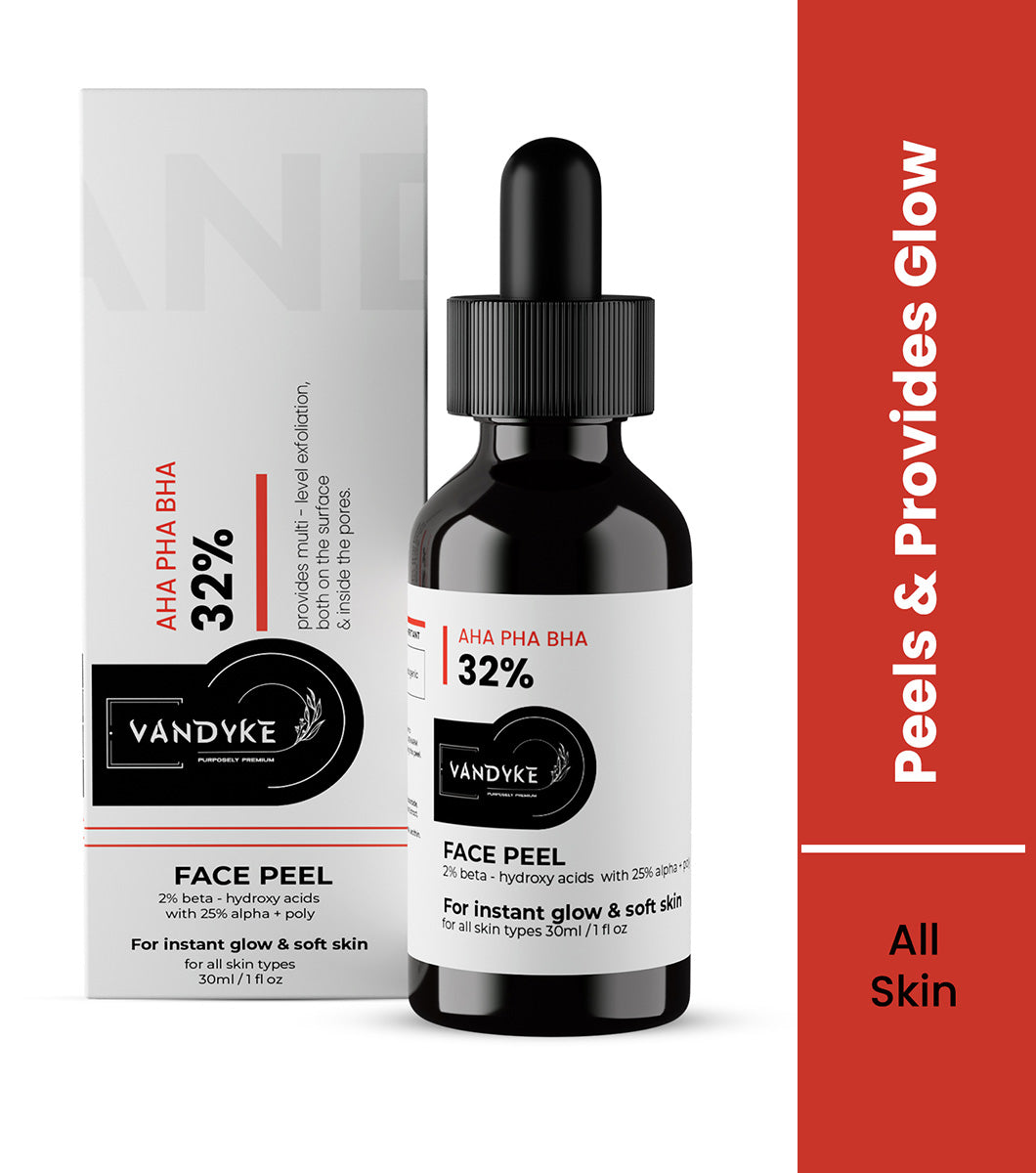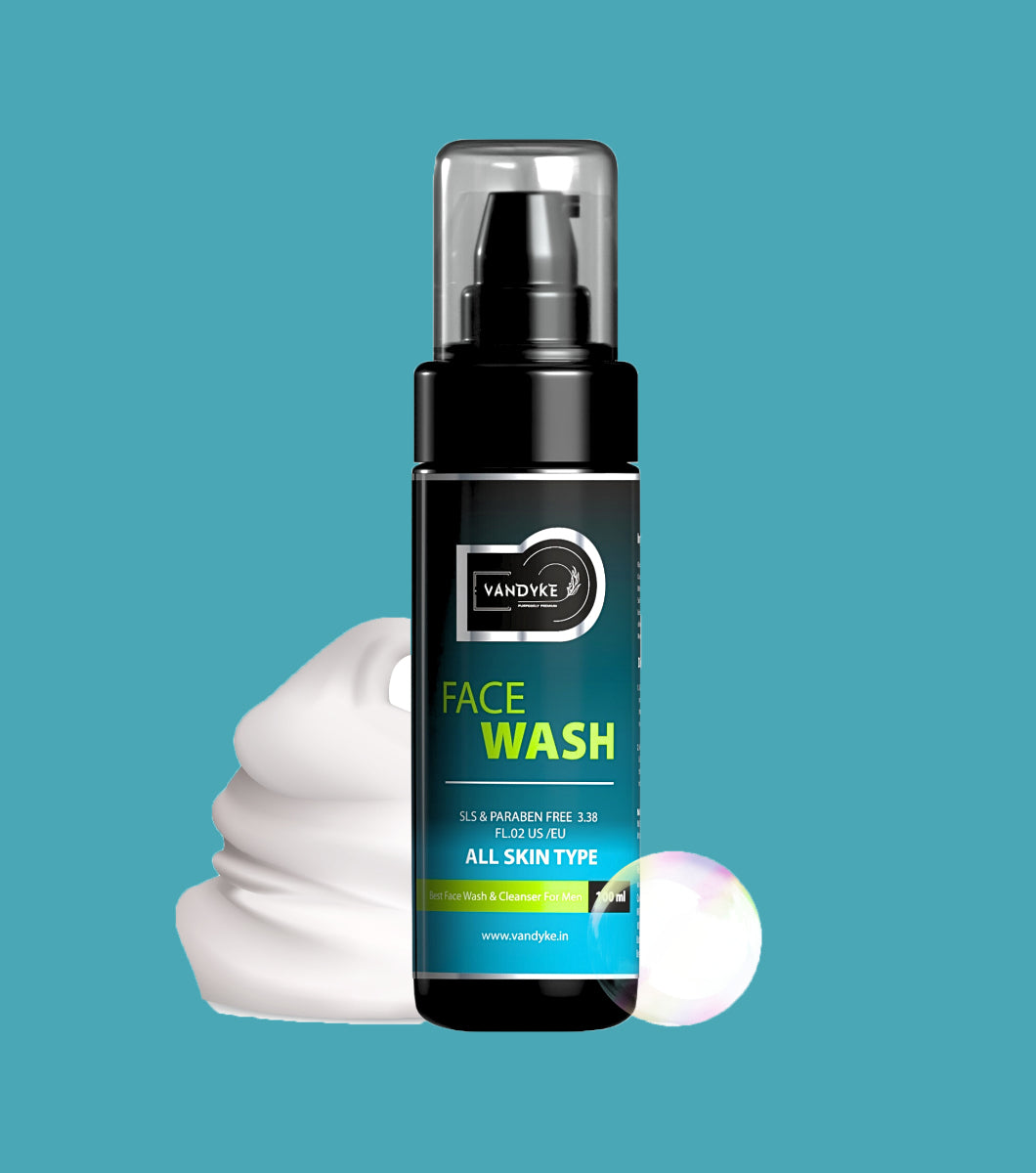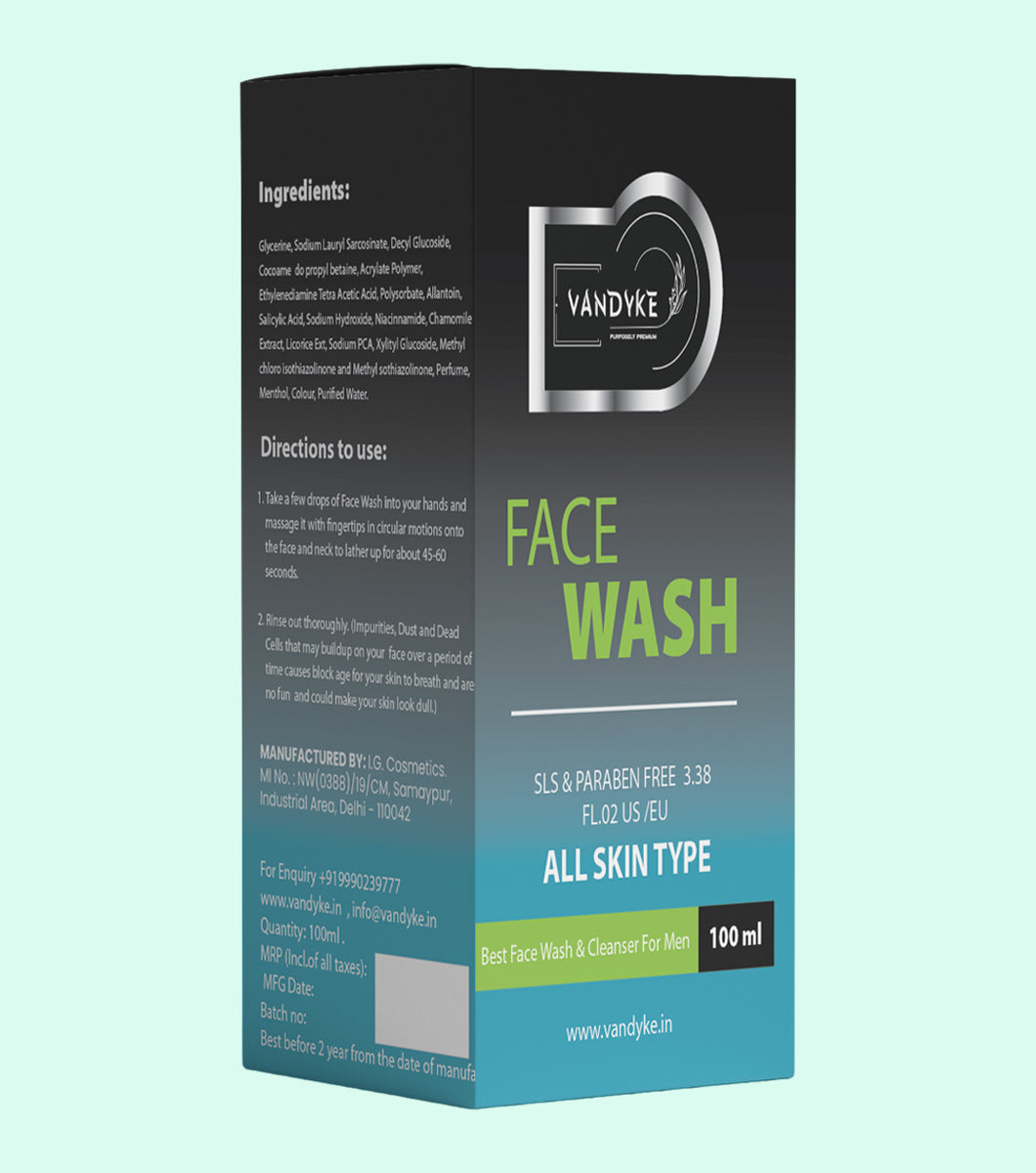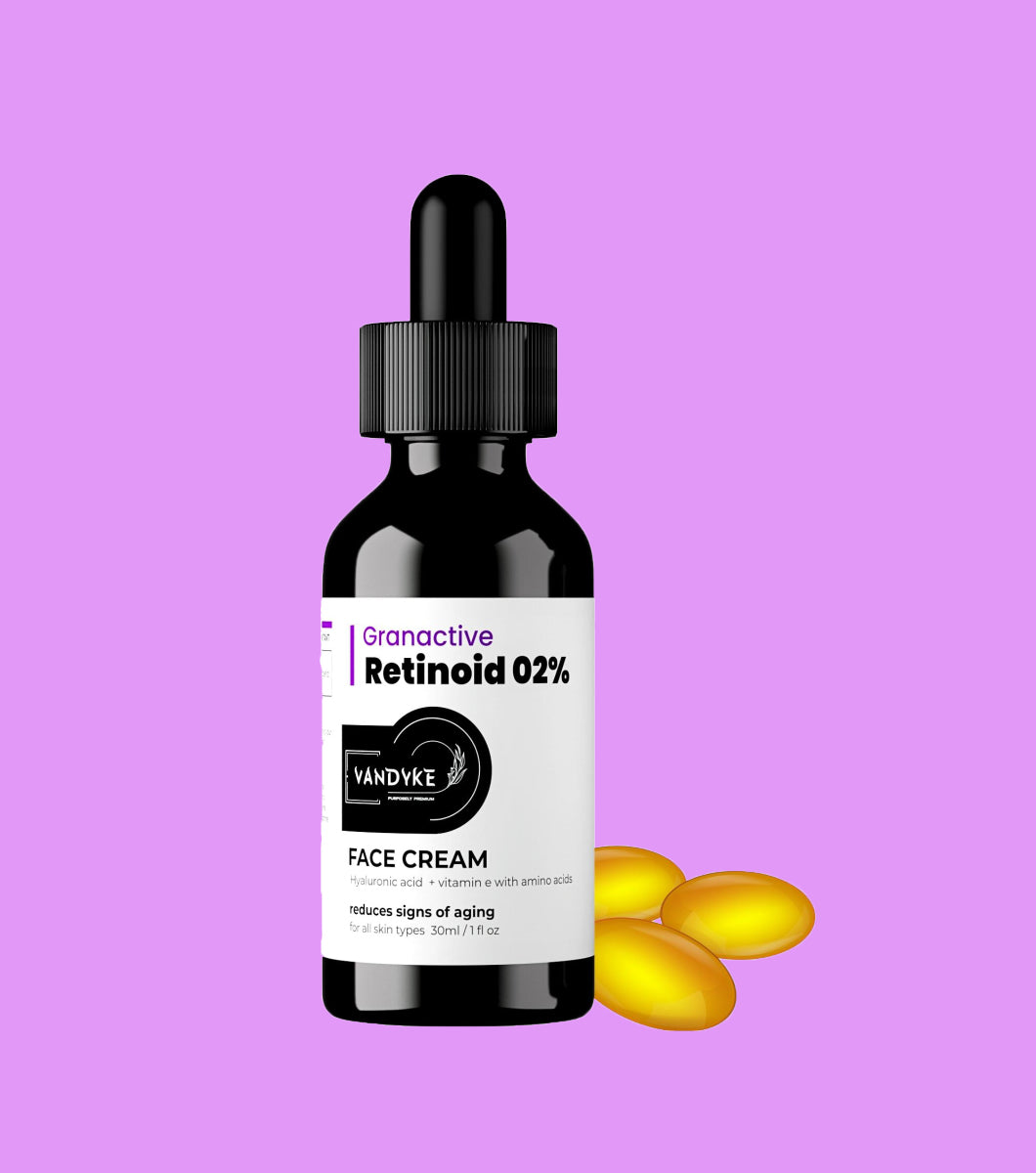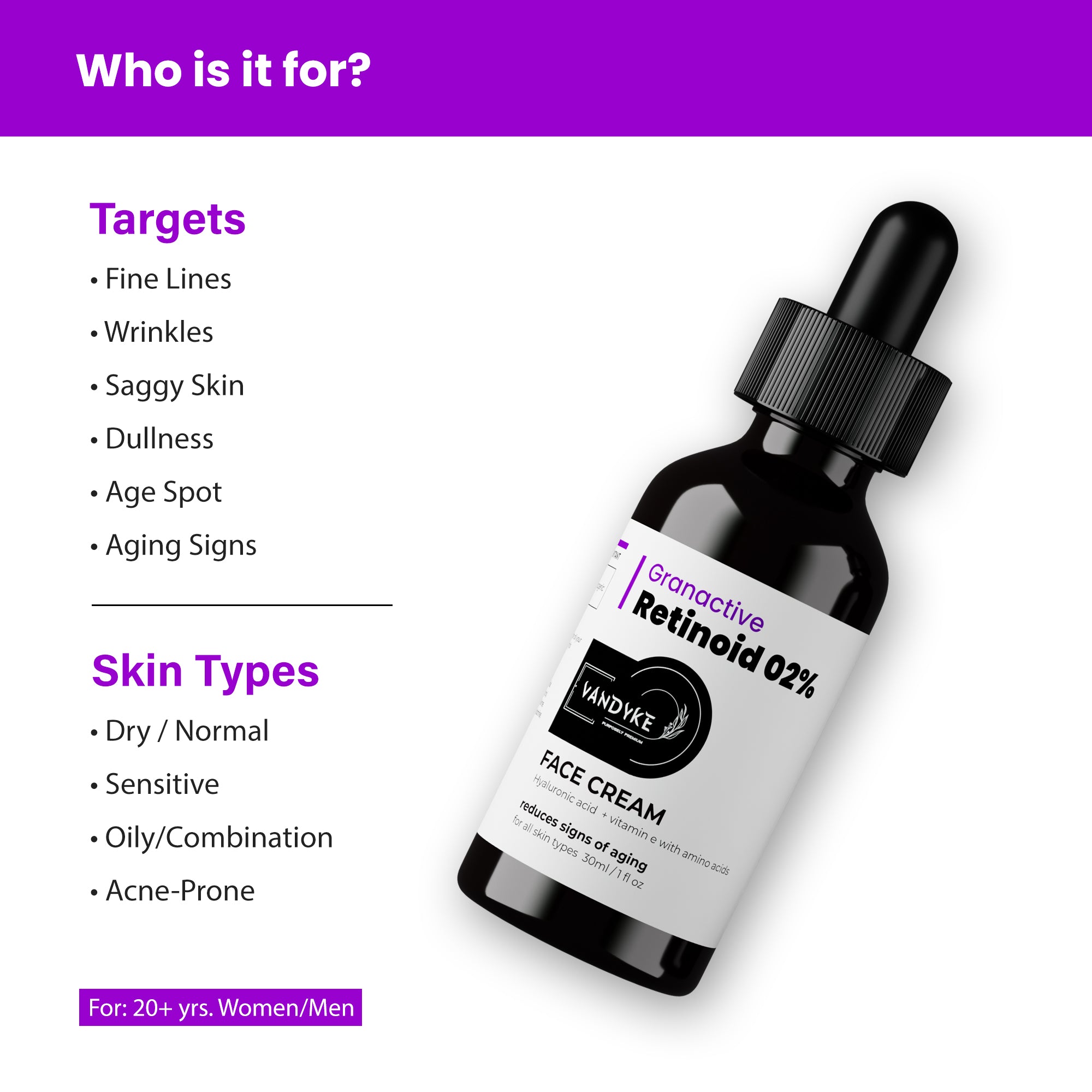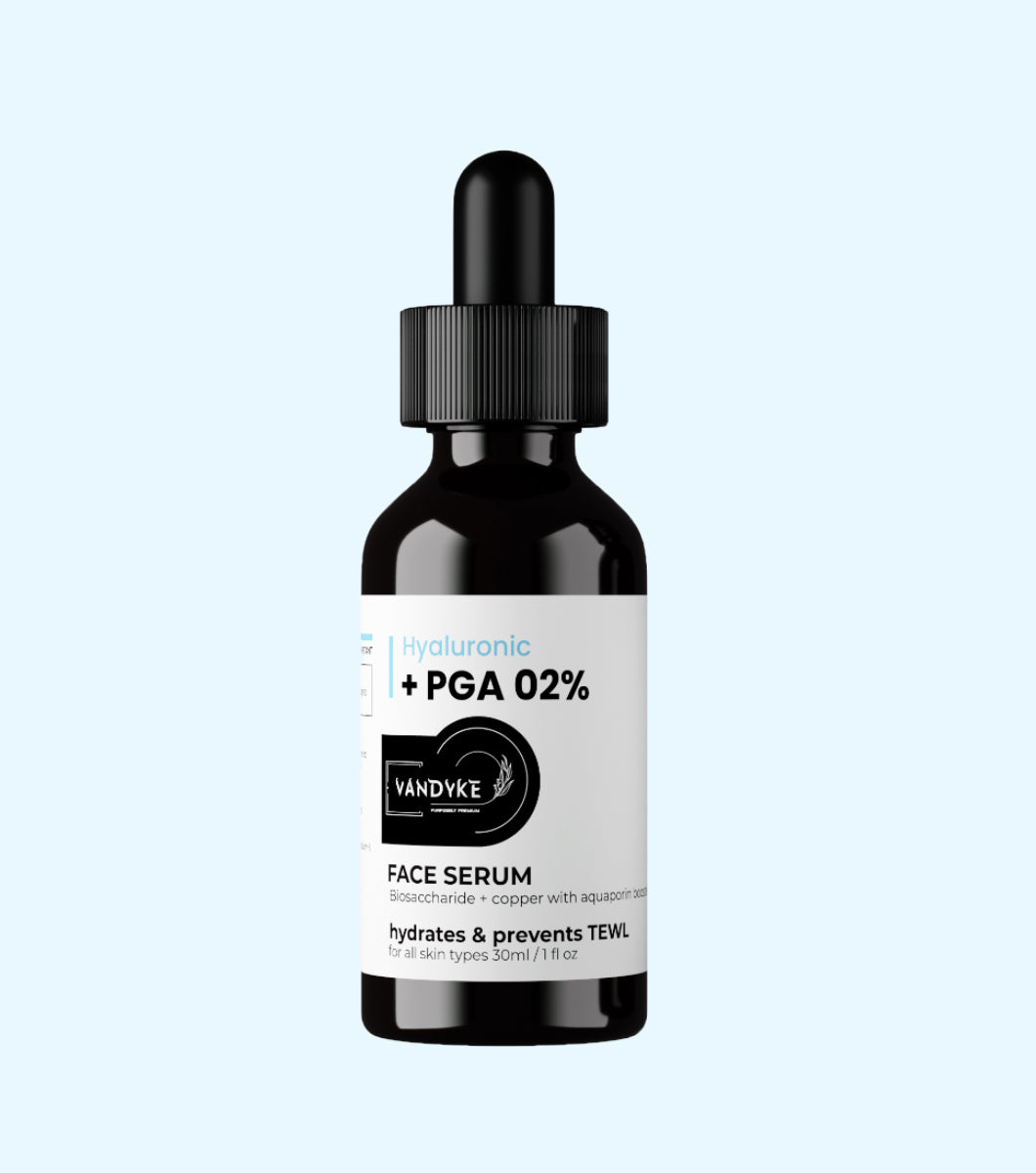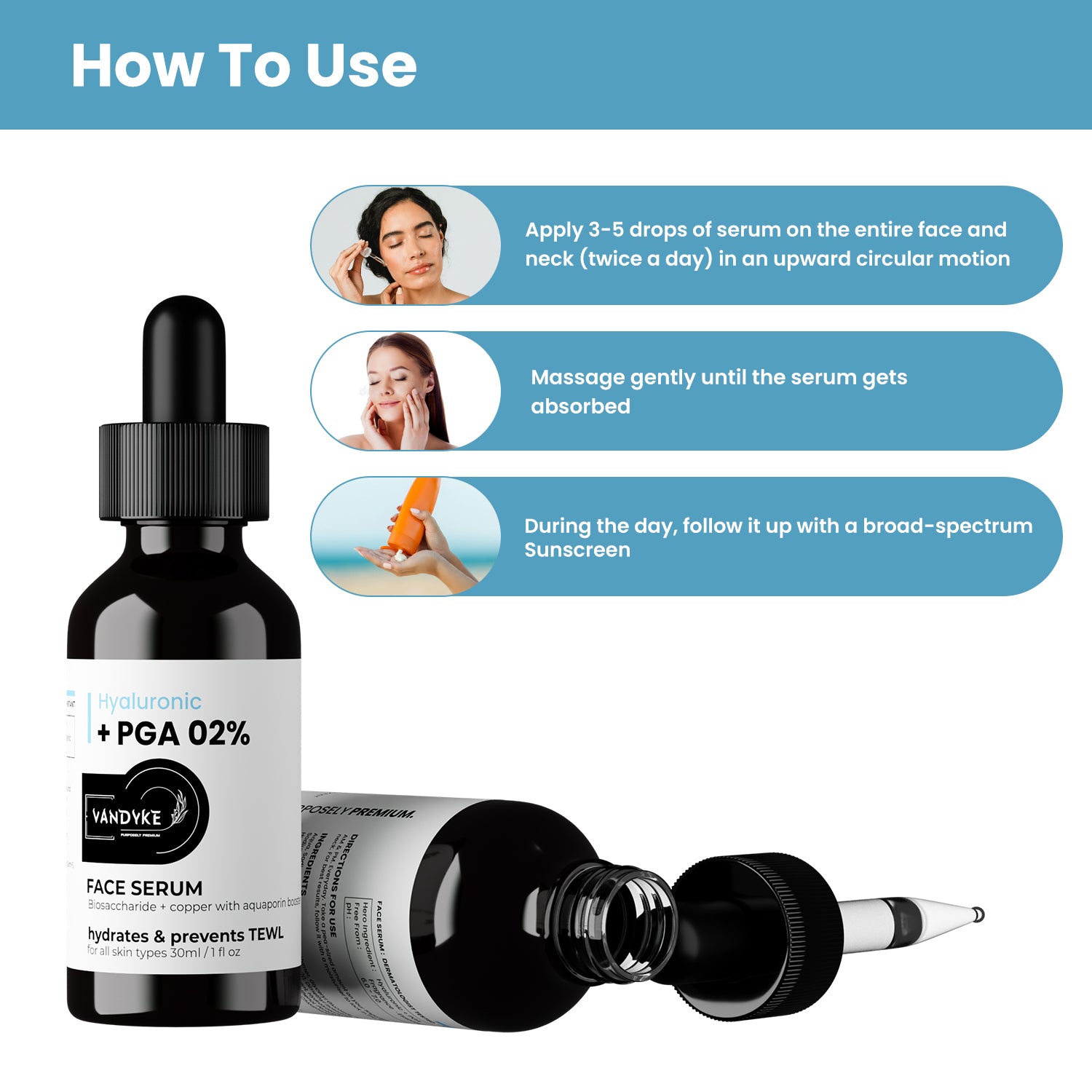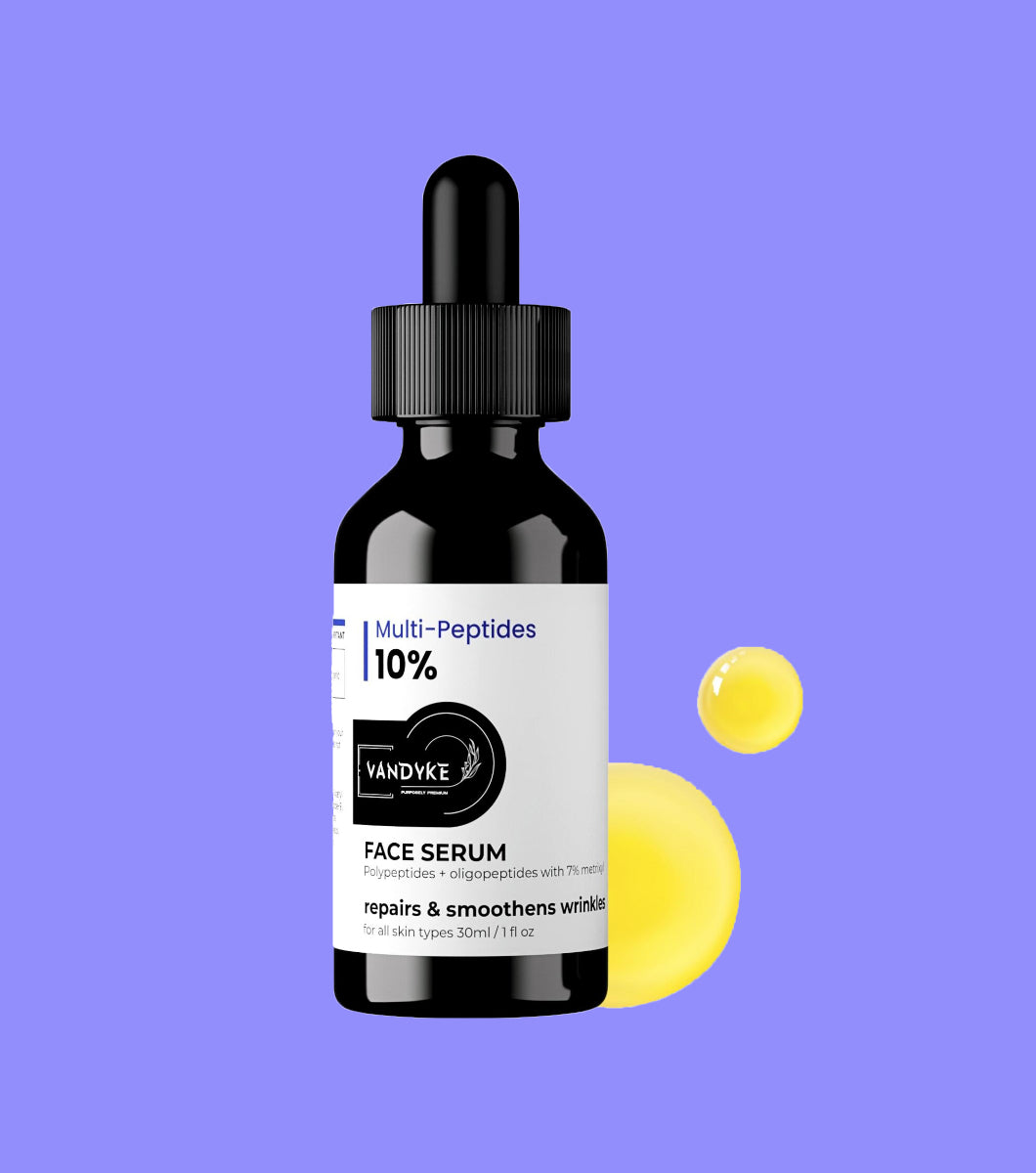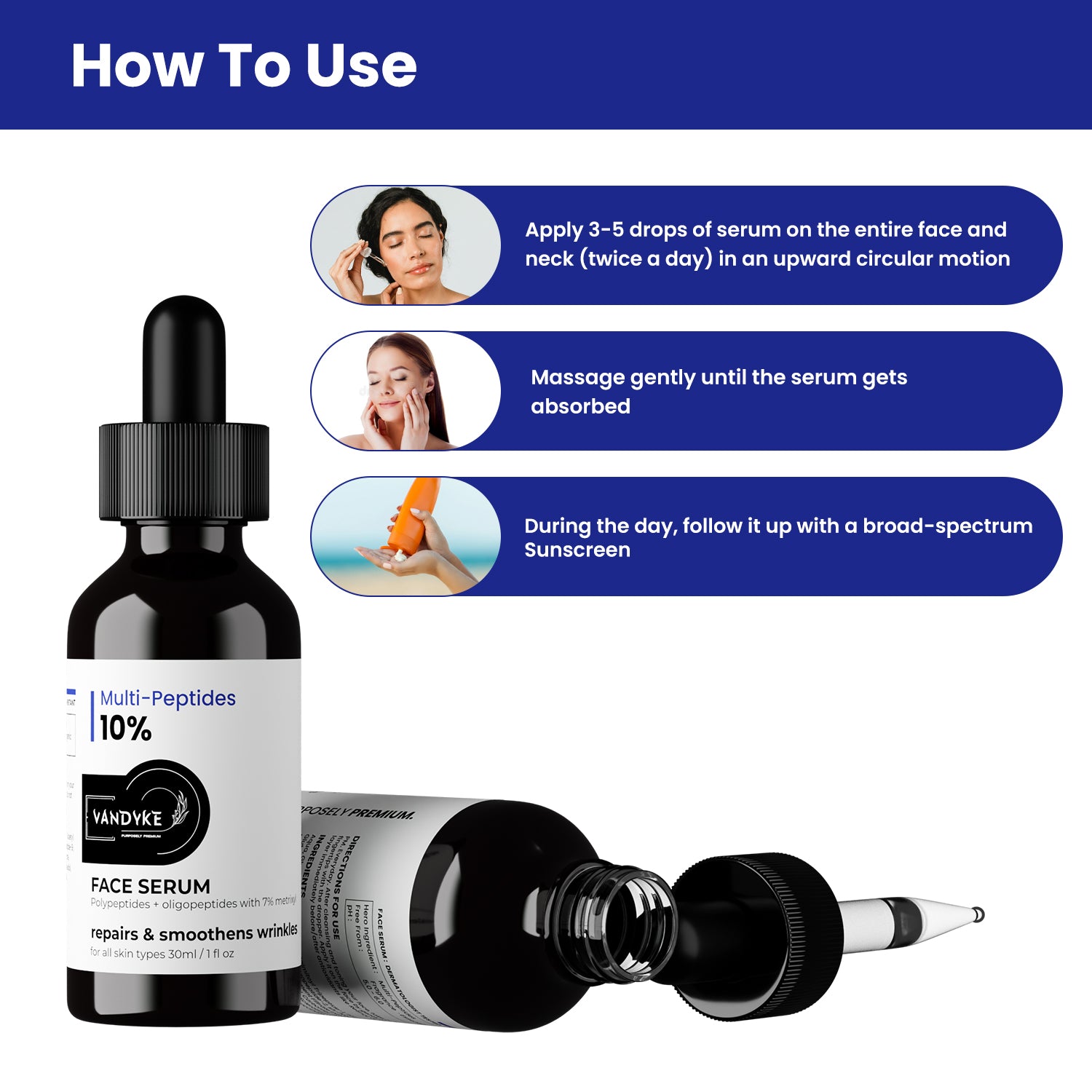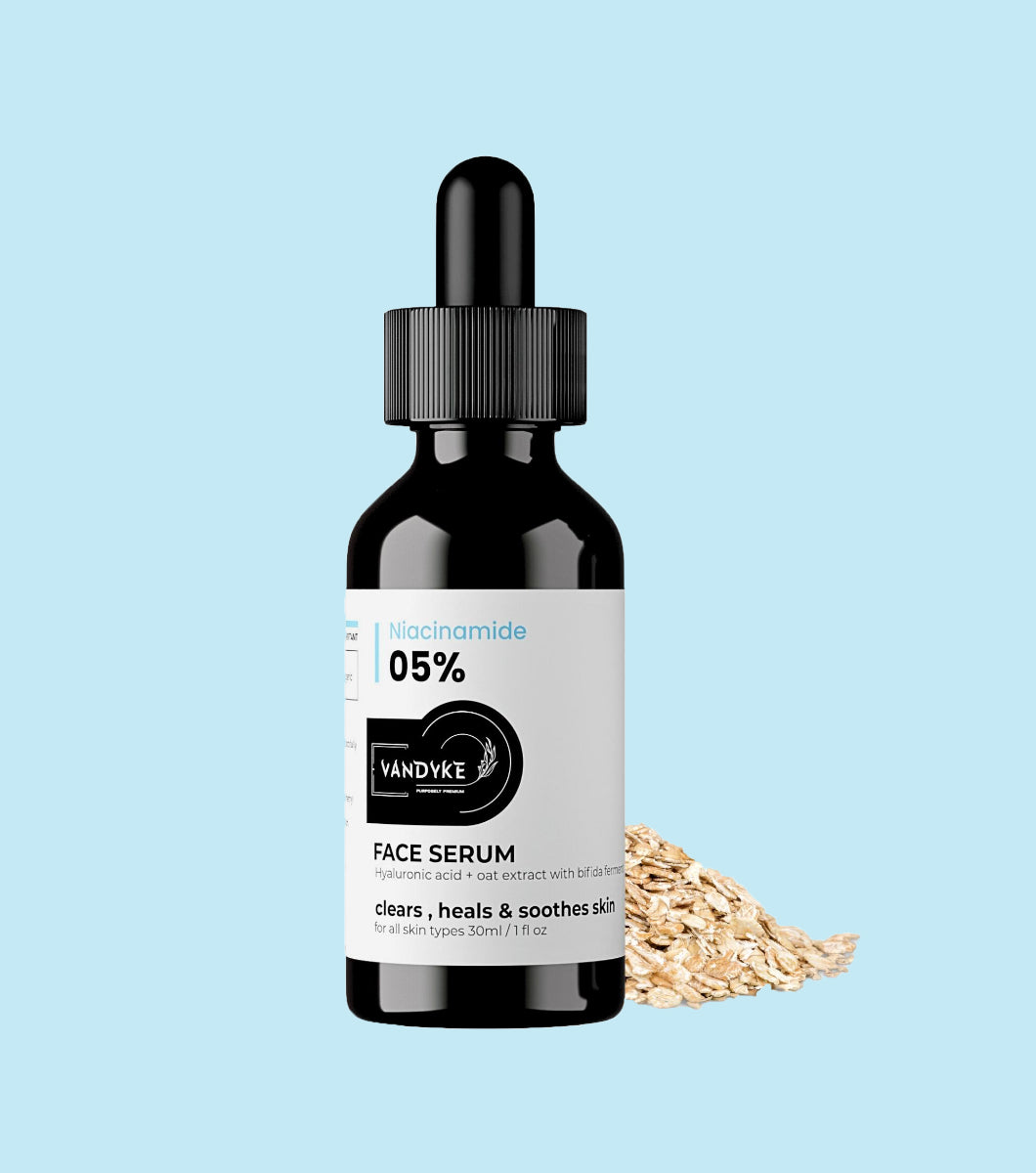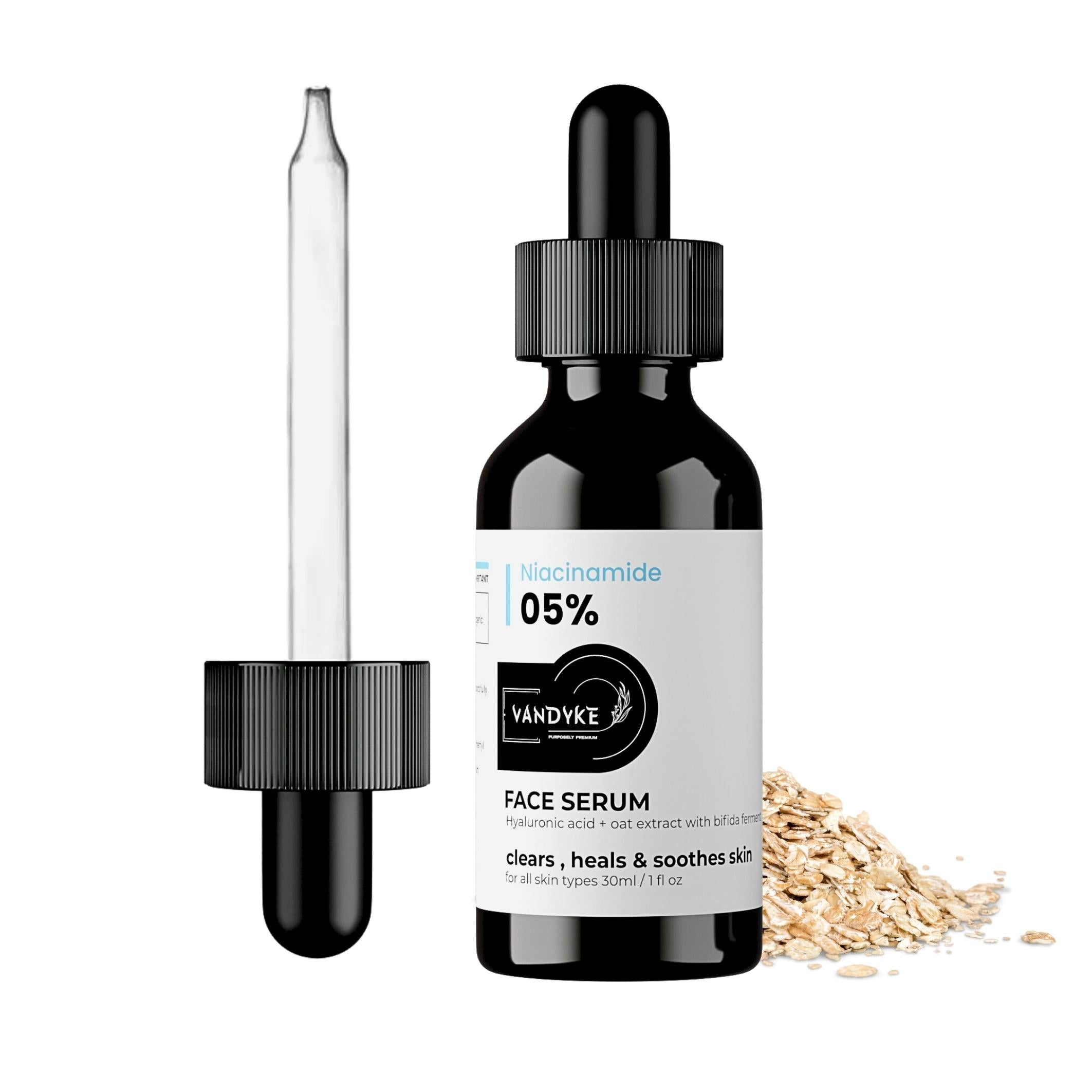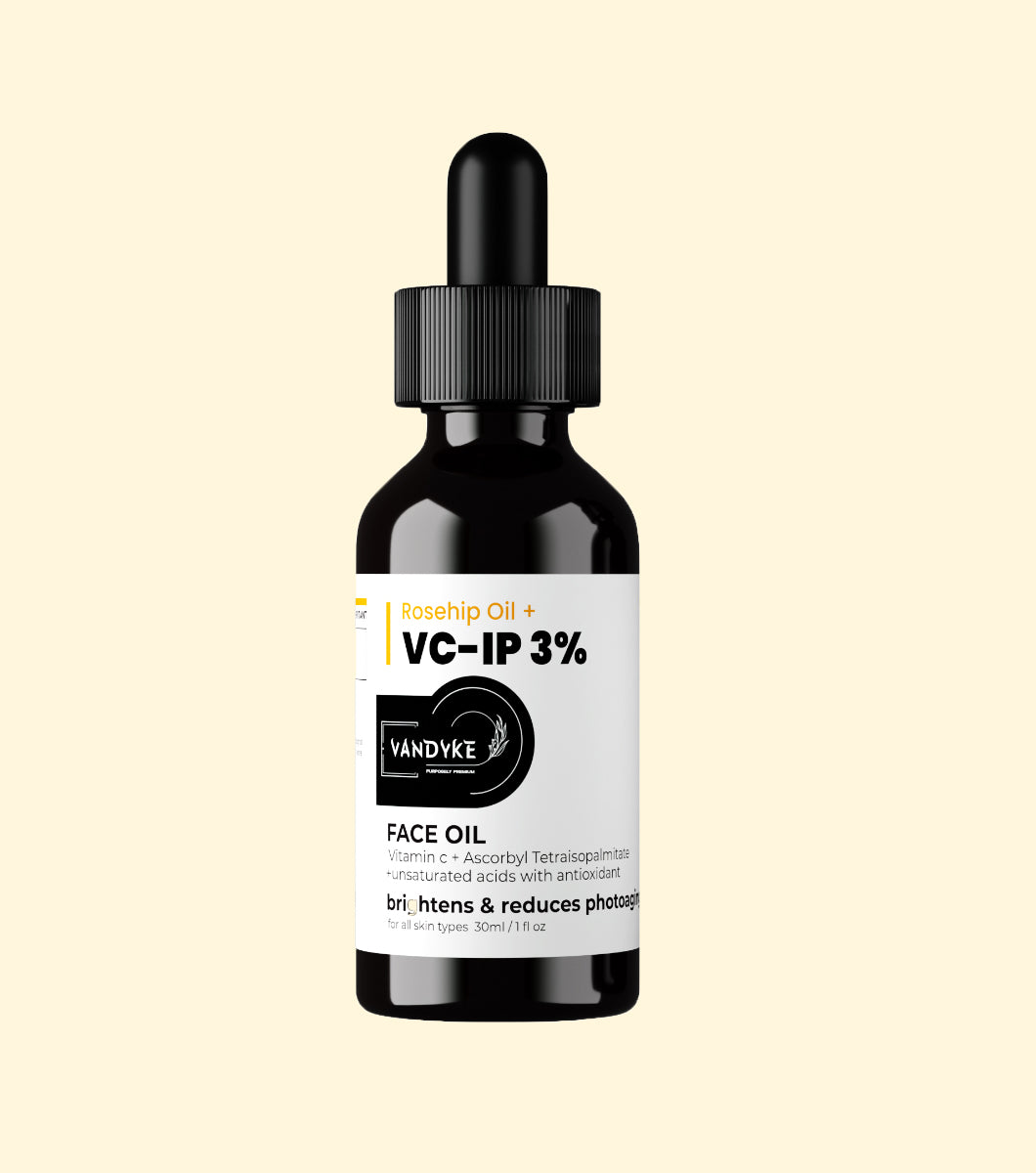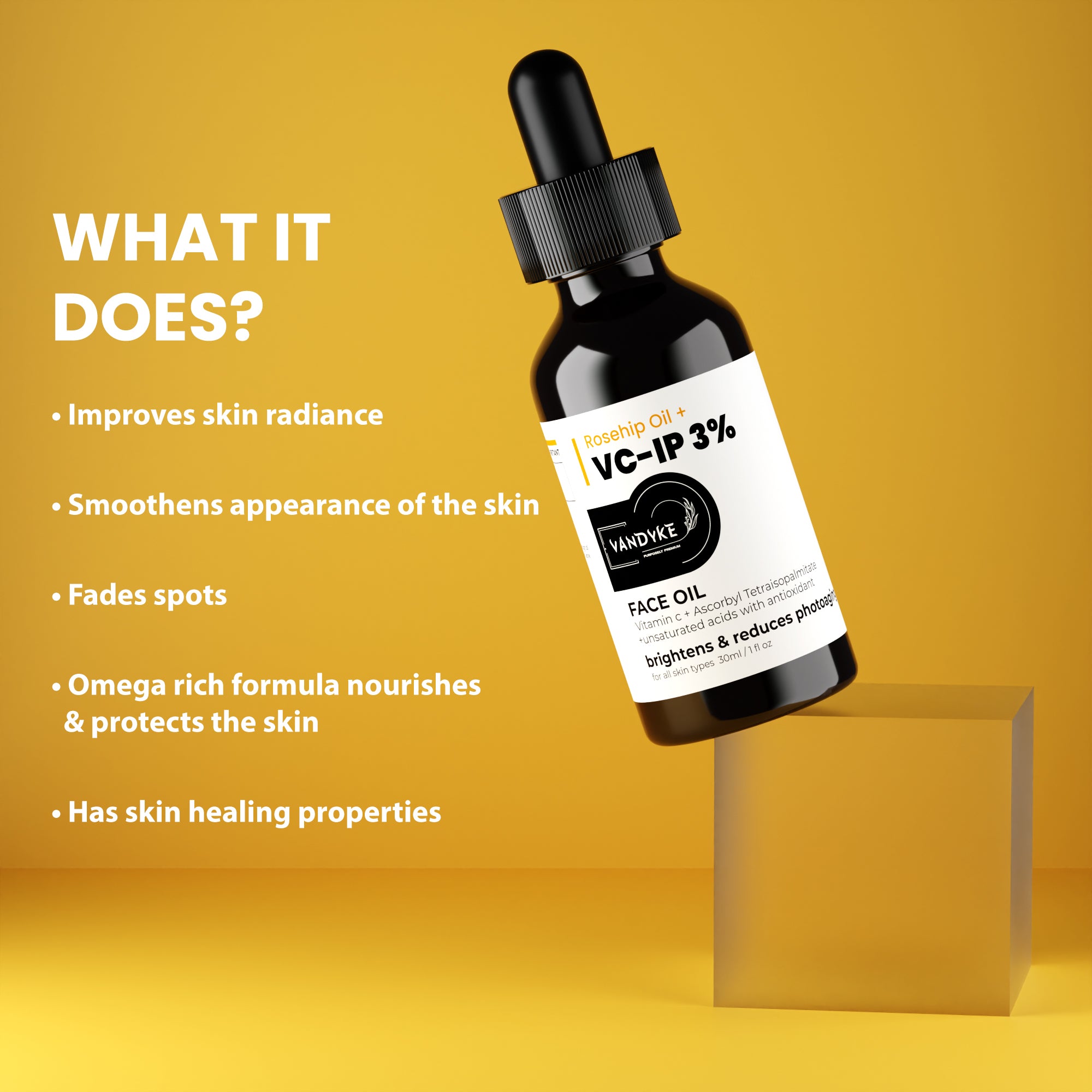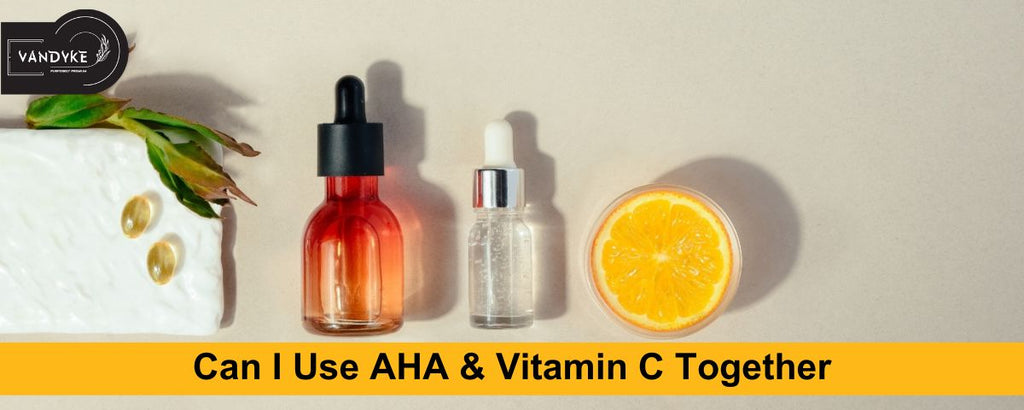
Can I Use AHA and Vitamin C Together ( Complete Guide)

Can I Use AHA and Vitamin C Together
Navigating the world of skin care often raises questions about ingredient compatibility. A common question revolves around combining AHAs (alpha hydroxy acids) and vitamin C in the routine. Both renowned for their skin benefits, understanding the harmony between these powerful ingredients is essential for an effective skin care regimen. Let’s see if you can use AHA and Vitamin C together for a glowing and healthy complexion.
If you have any inquiries regarding Vitamin C and AHAs then this guide is for you. You should read the guide carefully as an extensive amount of research was done in its writing, and after that, a lot of important information was collected which we will discuss in this article. So, if you want the answer to your question then start reading this article without skipping a single word. So let’s start digging deeper into this guide.
How to use AHA and vitamin C together?
When used carefully, the combination of vitamin C and AHAs (alpha hydroxy acids) can be helpful in your skin care. After cleansing your face, apply Vitamin C serum and let it absorb. Next use an AHA product like lactic acid or glycolic acid. Vandyke AHA Pha Bha 32%, which has all of these (AHA) combinations, is something you can use. It provides superficial exfoliation by dissolving the dead skin cells found in the outer layer of the skin.
It is important to introduce them gradually to monitor skin tolerance. Use the AHA BHA and vitamin C together in the evening and always use a broad spectrum SPF 50 sunscreen during the day to protect your skin from potential sun sensitivity associated with AHAs. Regular use can promote a smooth, glowing complexion.
What are AHAs?
It is a chemical exfoliant featuring alpha hydroxy acid (AHA). It aids in removing dead skin cells and stretching the skin. The reason these dead cells fall off naturally is because they stay conformed to your face and body. Despite its chemical categorization, aha can be a gentler exfoliation method than a physical scrub because it causes the face’s pores to open up, facilitating the removal of dead skin cells.
Though there are many different kinds of AHAs, all four share the property of being highly soluble in water: glycolic, citric, mandelic, and lactic acid. Only the top layer of the skin is affected by all four AHAs.
What is vitamin C?
Among its many other benefits, vitamin C 10% is a powerful antioxidant that helps to eliminate free radicals on the face. When applied frequently to the face, it promotes the production of collagen, which helps to strengthen and soften the skin.
Therefore, by lowering melanin production, it helps to reduce dark spots, hyperpigmentation, and uneven skin tone on the skin. Along with boosting the skin’s barrier function and preventing water loss so that the tissue stays hydrated and healthy, it is also prepared of many other beneficial effects on the skin.
Layering AHA BHA And Vitamin C Together
If you’re unsure about which one to use, you’ll want to choose AHA skin care. Because AHA behaves as an exfoliant and you can choose not to use a vitamin serum, it may work better. If you want to get it out with just one AHA swipe.
However, you should exercise caution, as both of these – especially in high concentrations – can cause irritation and sensitivity to your skin. You should use AHA products (like peels) or stop using the product altogether and see a dermatologist to reduce the chance of this irritation. Avoid using Vitamin C, AHA and BHA together on your skin as this may cause dissatisfaction and worsen the results.
Choose the right AHA and Vitamin C skin care product for you
Skincare makes a range of skin care products with both ingredients that are great for brightening your skin and that you can incorporate into your regular skin care regimen. Some products are listed below.
- Cleanse
Clean your skin first. To do this, it’s critical to use a mild 2% salicylic face cleanser that can get rid of any debris or dirt that has become embedded in your skin.
- Exfoliate
According to Vandyke experts, exfoliating your skin in the second step is crucial. Aha Pha Bha 32% is the best product to use for this purpose because it contains glycolic and mandelic acids, which are excellent for your skin.
- Treatment
Vitamin C 10% is necessary to treat wrinkles, puffiness, and under-eye circles. It also helps to lessen the appearance of dark spots and hyperpigmentation on the face.
- Moisturize
Apply a very hydrating, oil-free moisturiser. Vitamin B5 with an extremely high concentration helps heal damaged skin and suppresses sebum production. This moisturiser is what you should use if your top concern is dry skin.
- Sun protection
The final and most crucial step in sun protection is using SPF 50 sunscreen, which shields the skin from UVA and UVB rays and lowers the chance of facial ageing or tanning. By getting rid of cancer symptoms, it also lowers the risk of developing skin cancer.
It is Good to Use Powerful AHA or Vitamin C for Hyperpigmentation
AHA or vitamin C for hyperpigmentation, both are capable of reducing pigmentation on the skin. But they work in different ways. AHAs exfoliate to fade existing dark spots, while Vitamin C 10% prevents future pigmentation by inhibiting melanin production.
AHAs can be harsher, while vitamin C 10% is usually mild. Ultimately, the best option depends on your skin type and the severity of hyperpigmentation. If unsure, consult a dermatologist for personalized advice.
Can I Use Vitamin C After AHA BHA Peel
While it’s not strictly prohibited, applying vitamin C after an AHA/BHA peel can be dangerous. Select a mild form of vitamin C, wait at least 24 to 48 hours for the skin to heal, and pay close attention to any stinging or redness. Give relaxing serums and 10% vitamin B5 moisturizers top priority. If your skin is stressed, see a dermatologist, and always remember that slow and gentle is always preferable!
Conclusion
Including AHAs and vitamin C in your skin care can improve the overall health benefits for your skin. The exfoliating properties of AHAs combined with the antioxidant abilities of Vitamin C 10% fight free radicals and brighten the skin, promoting skin renewal. However, starting with caution is best for your skin type. Pay attention to your skin’s tolerance and consider meeting with a dermatologist for personalized guidance on your specific skin care needs.
